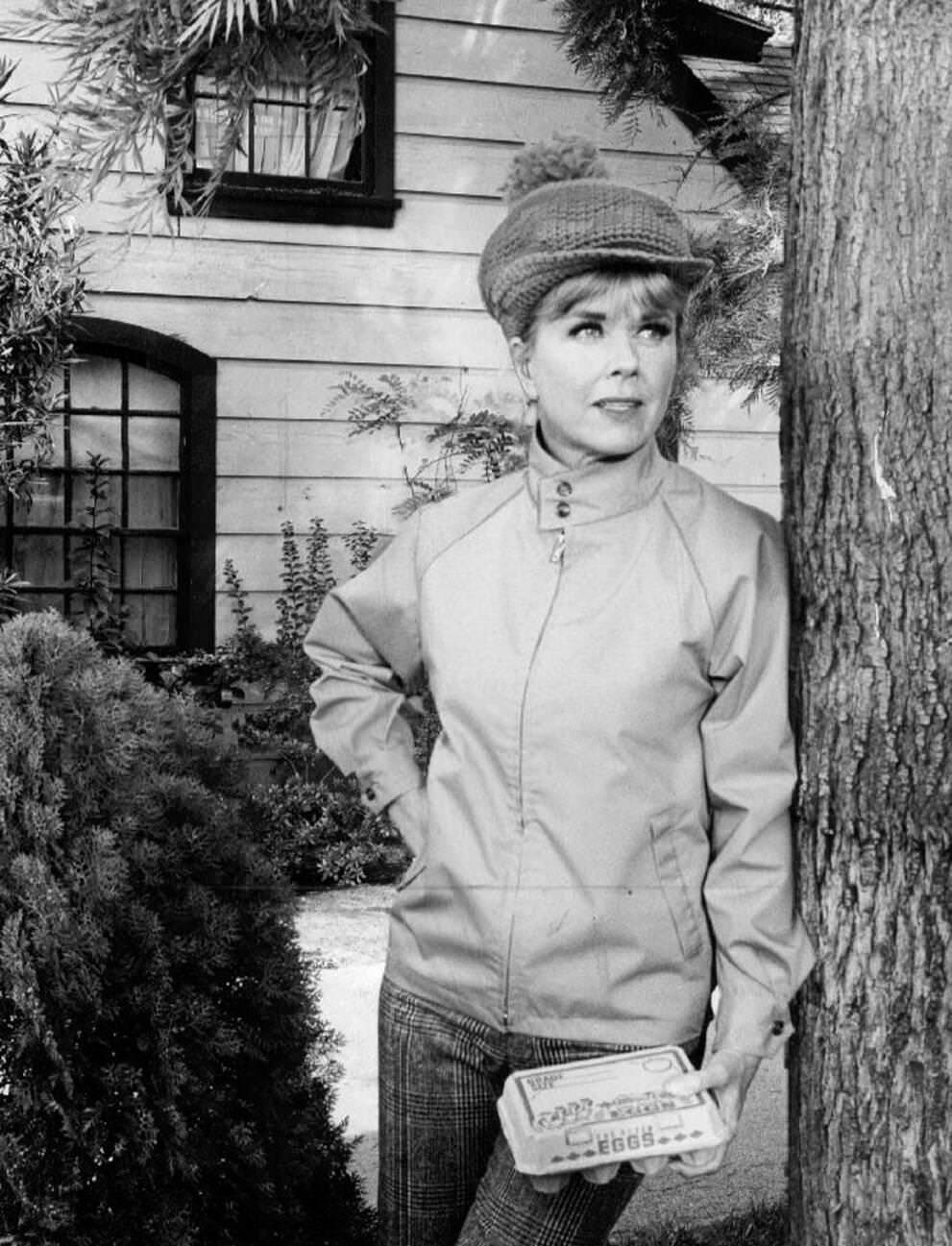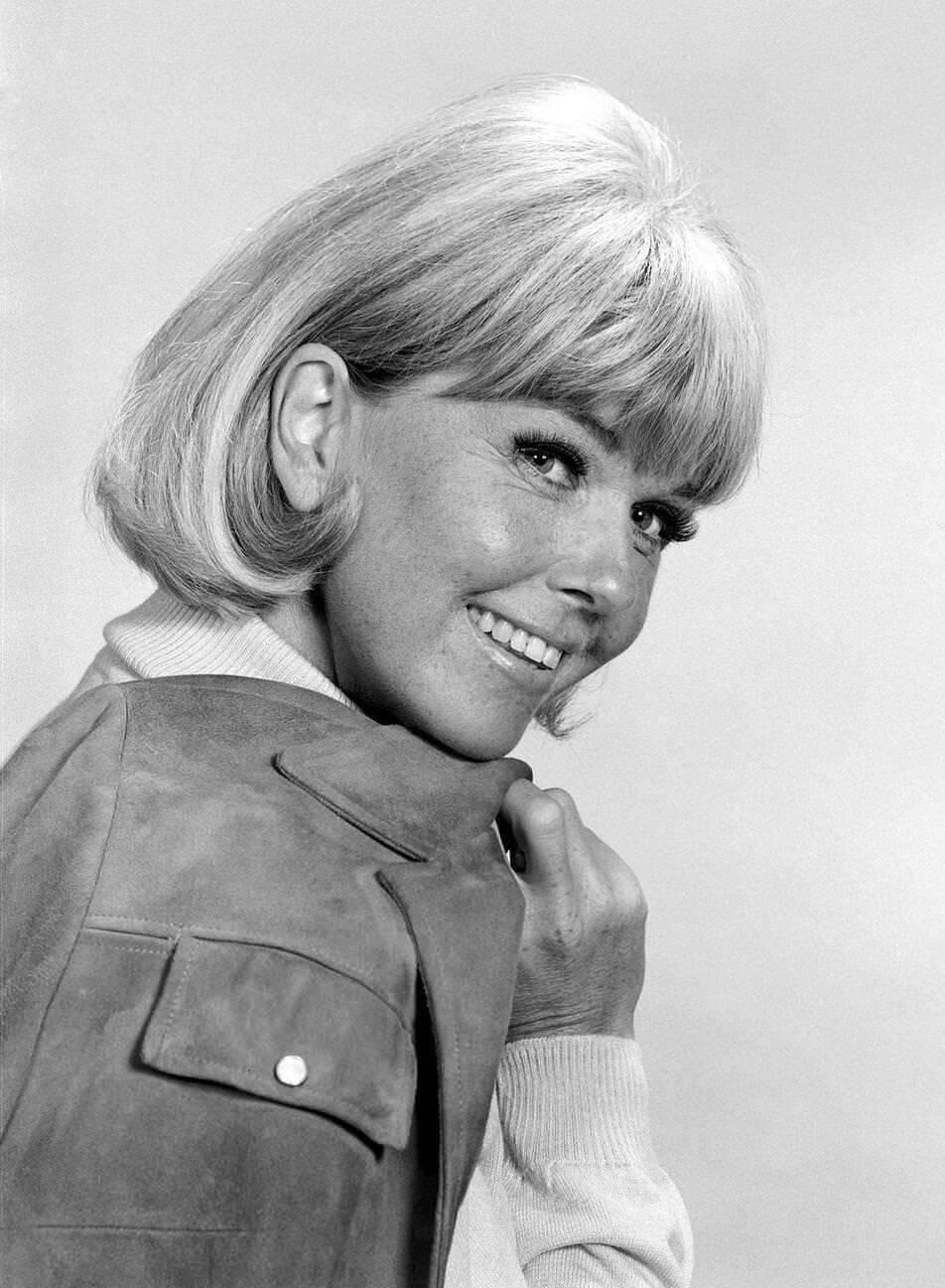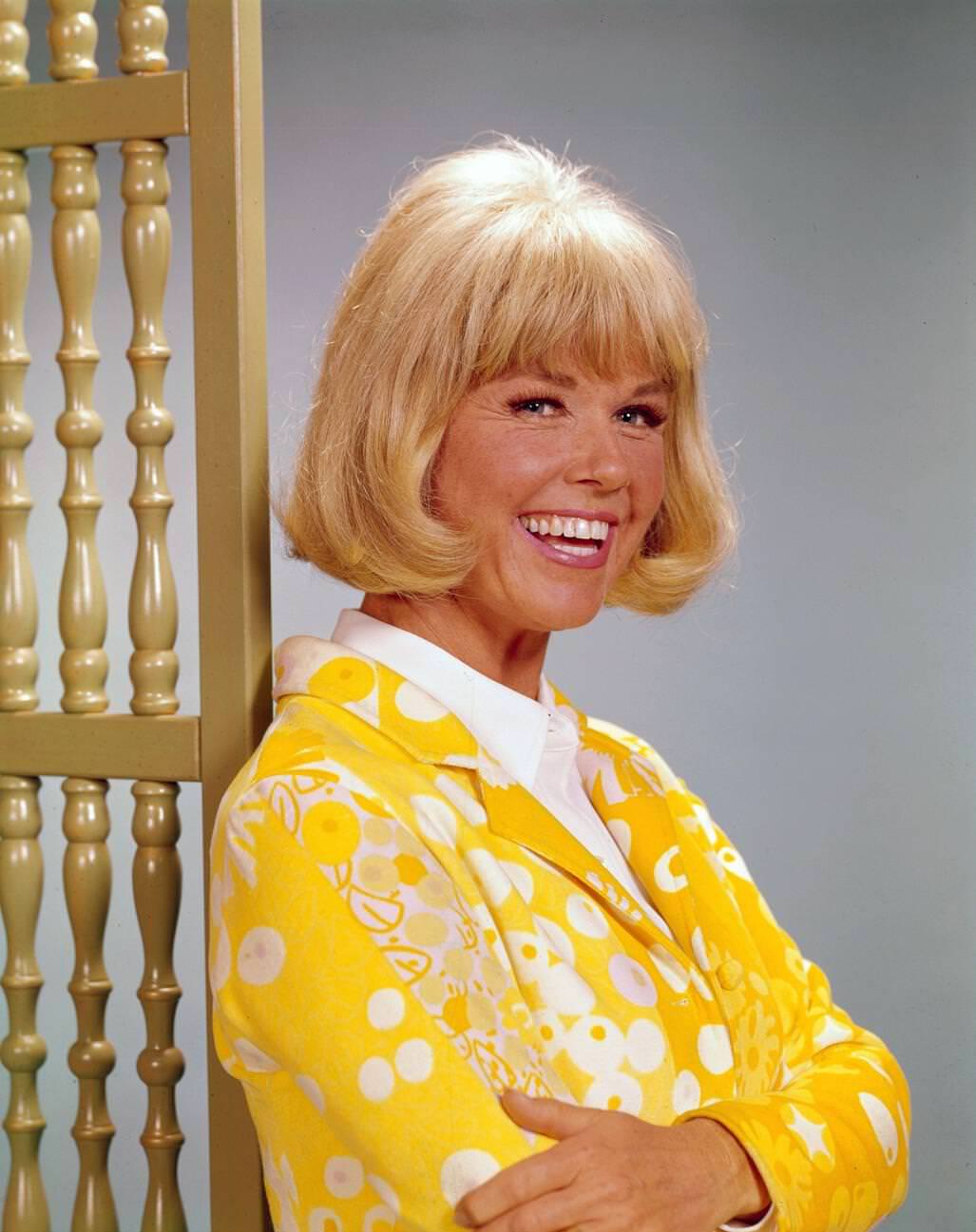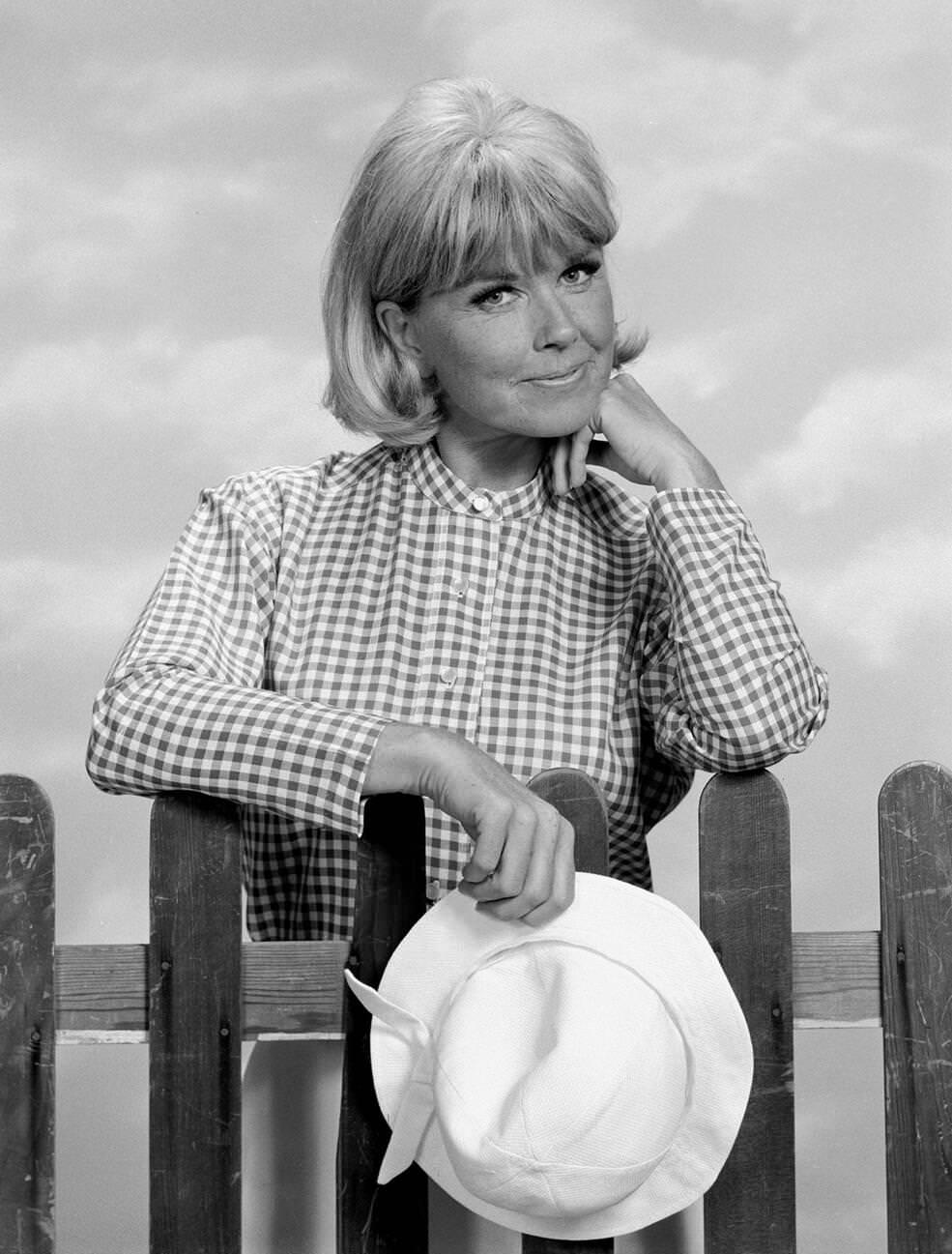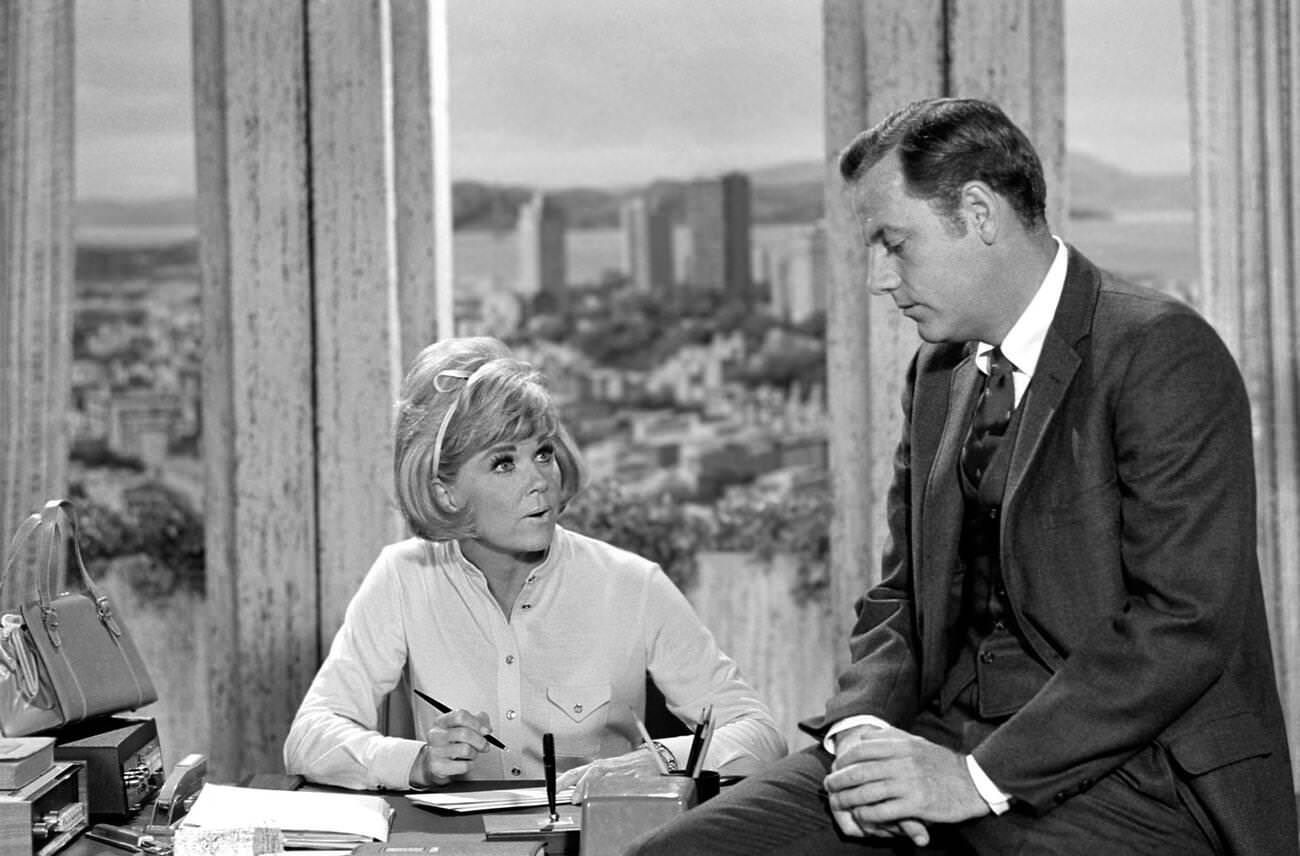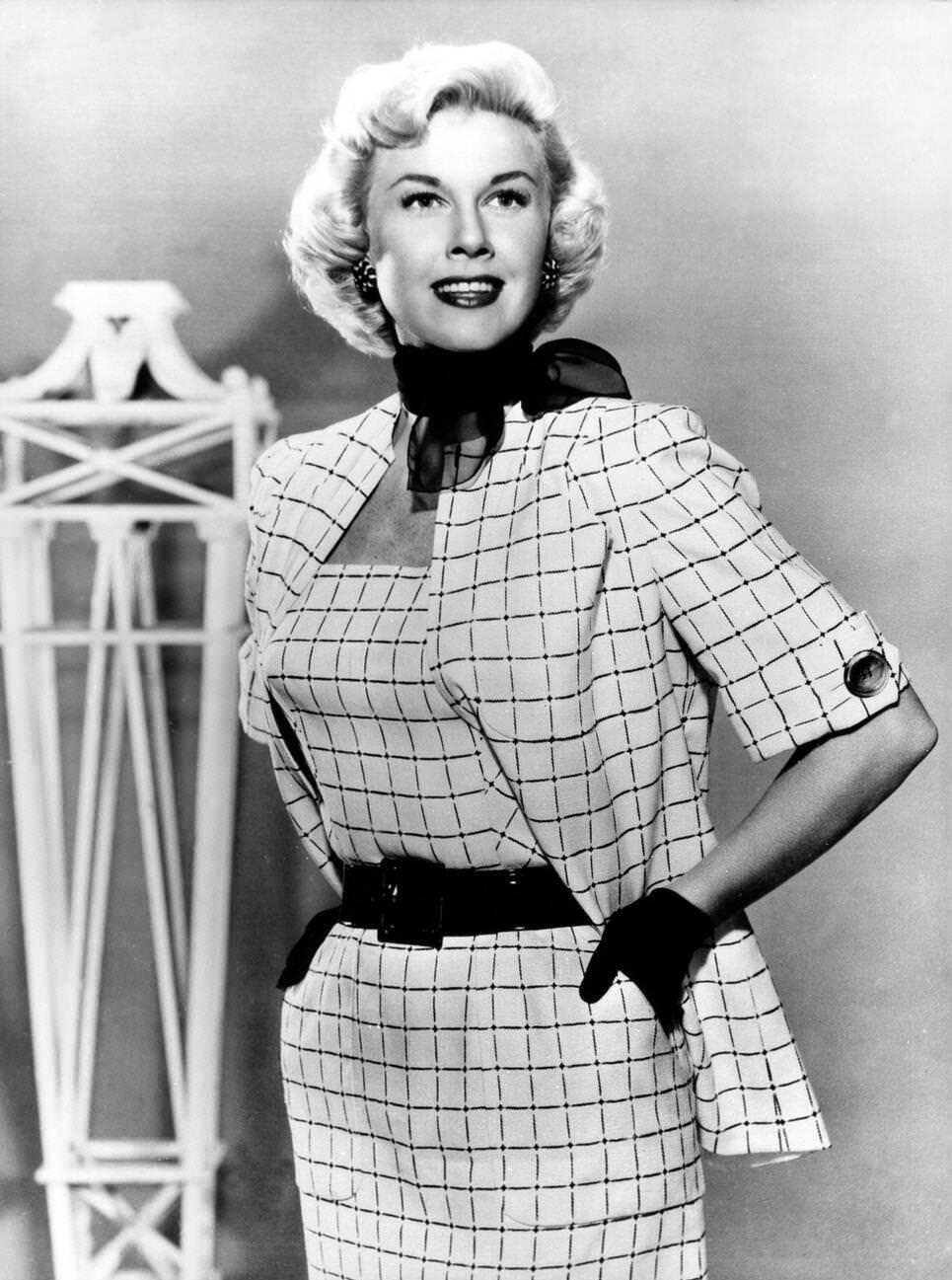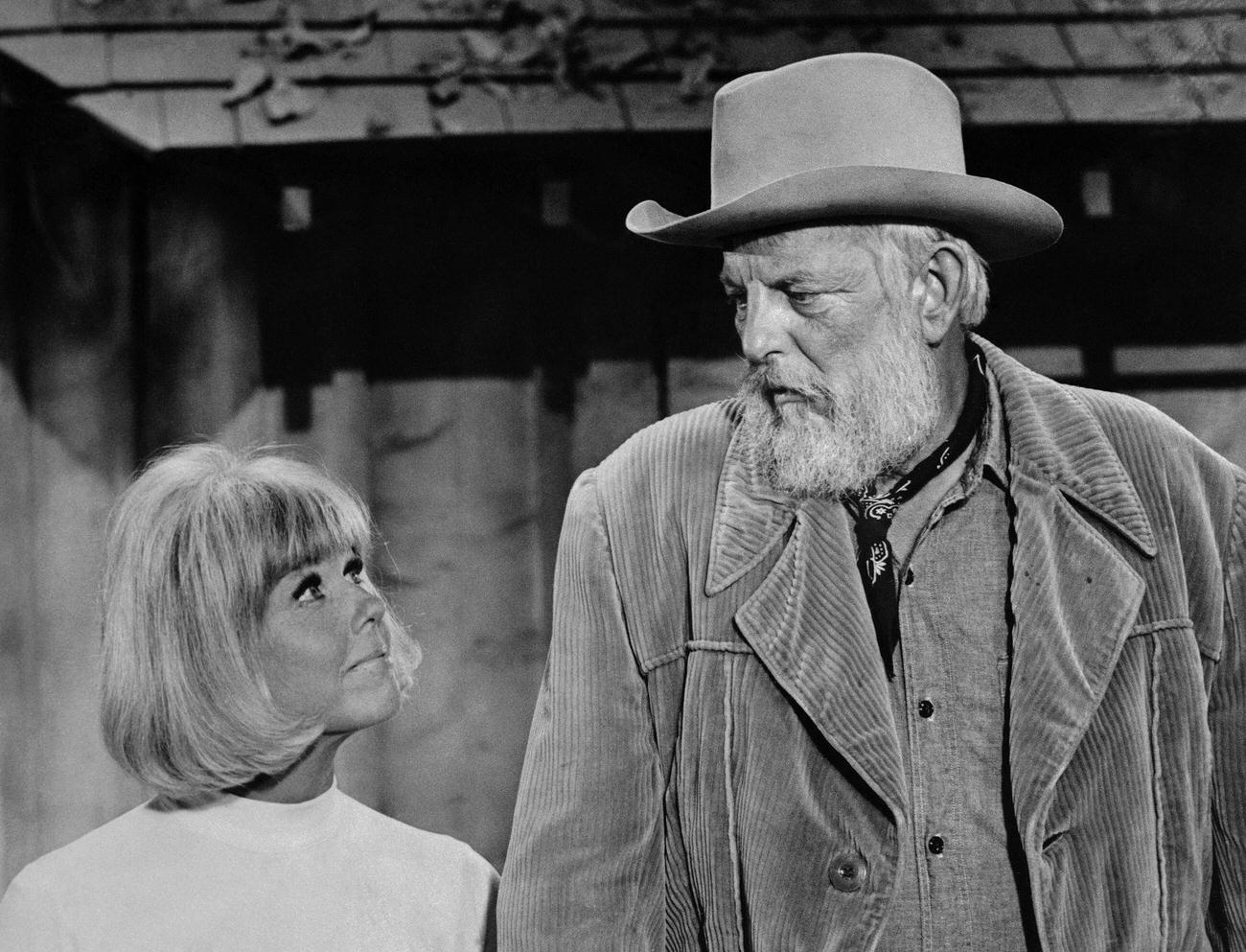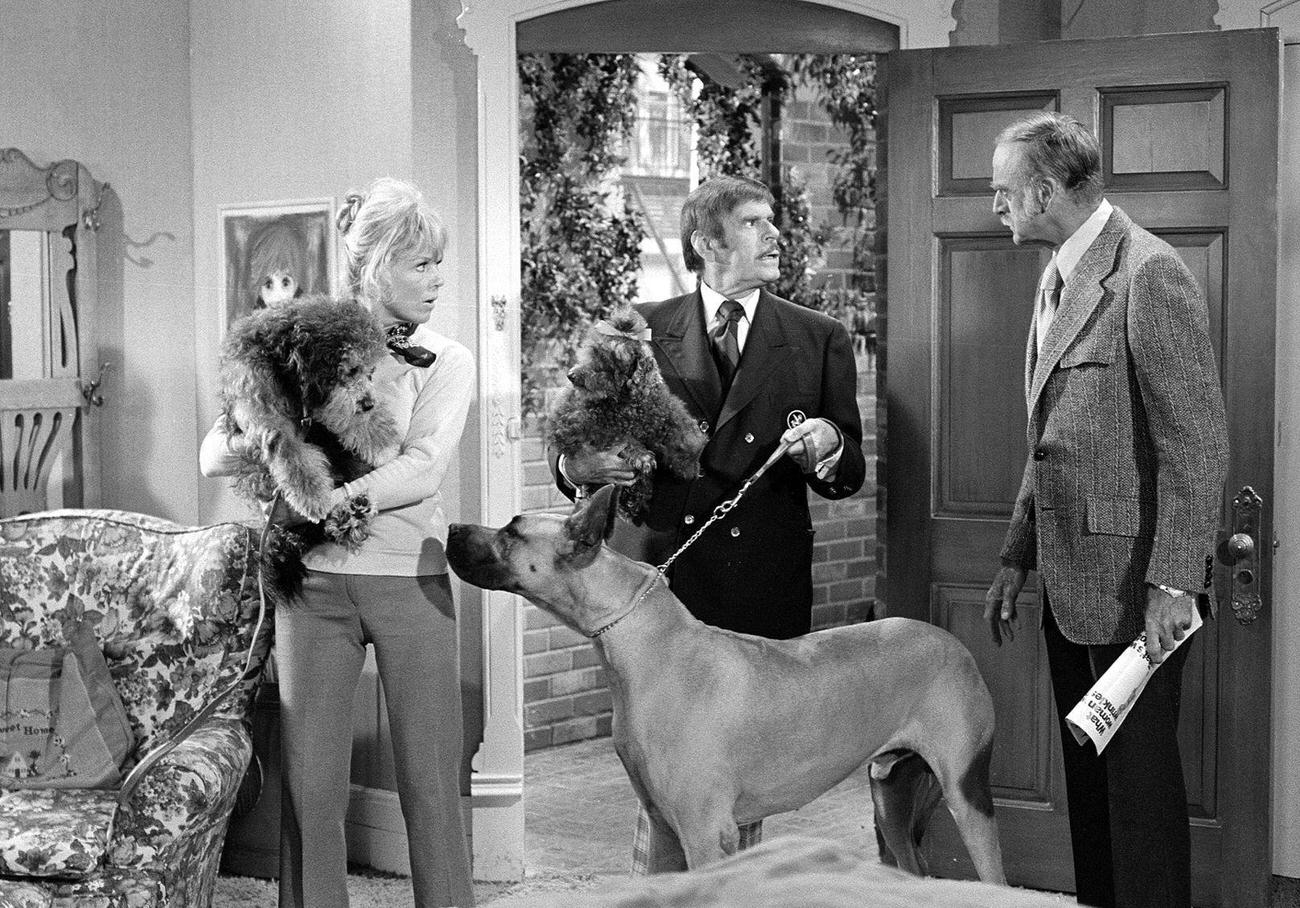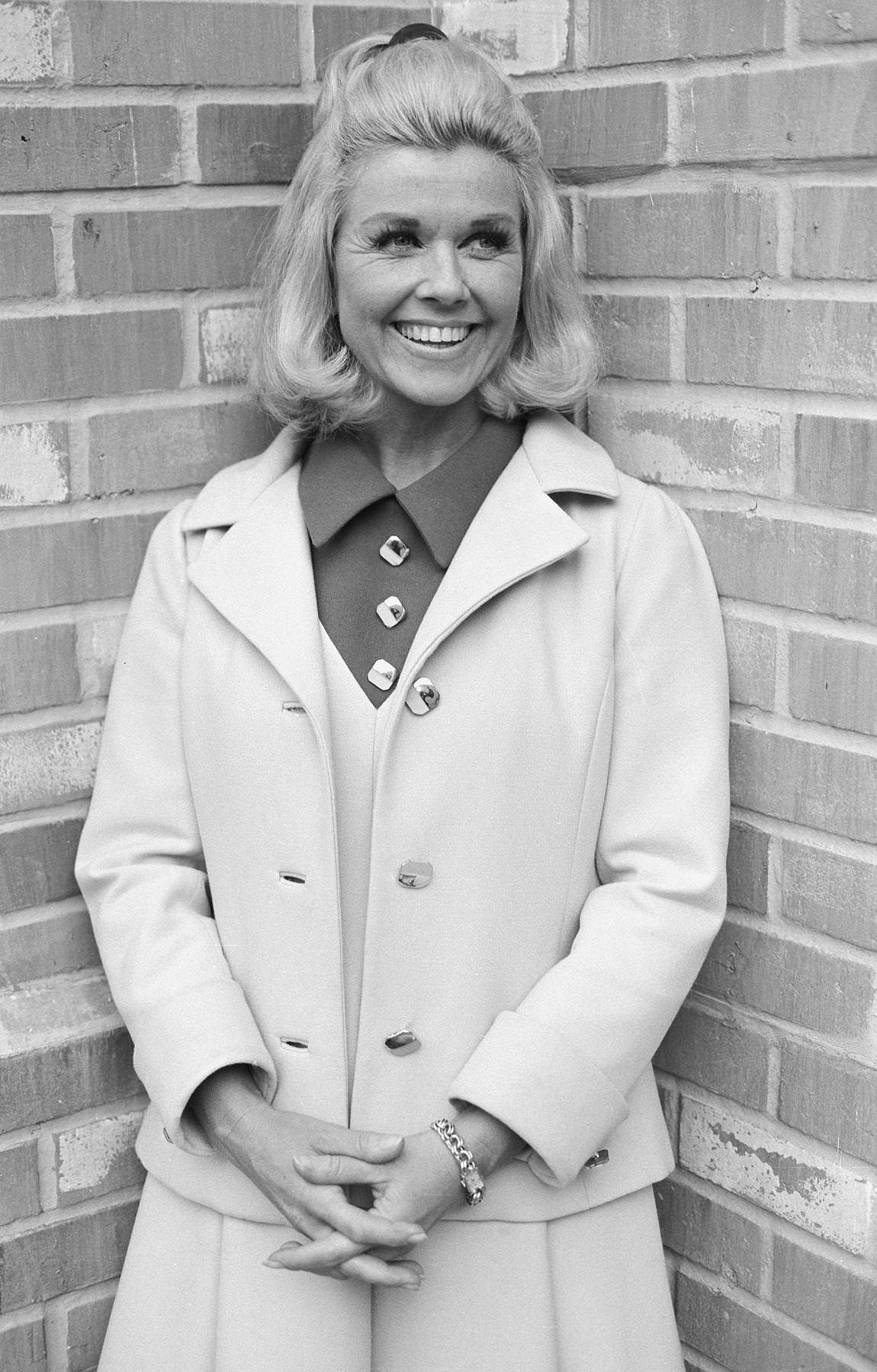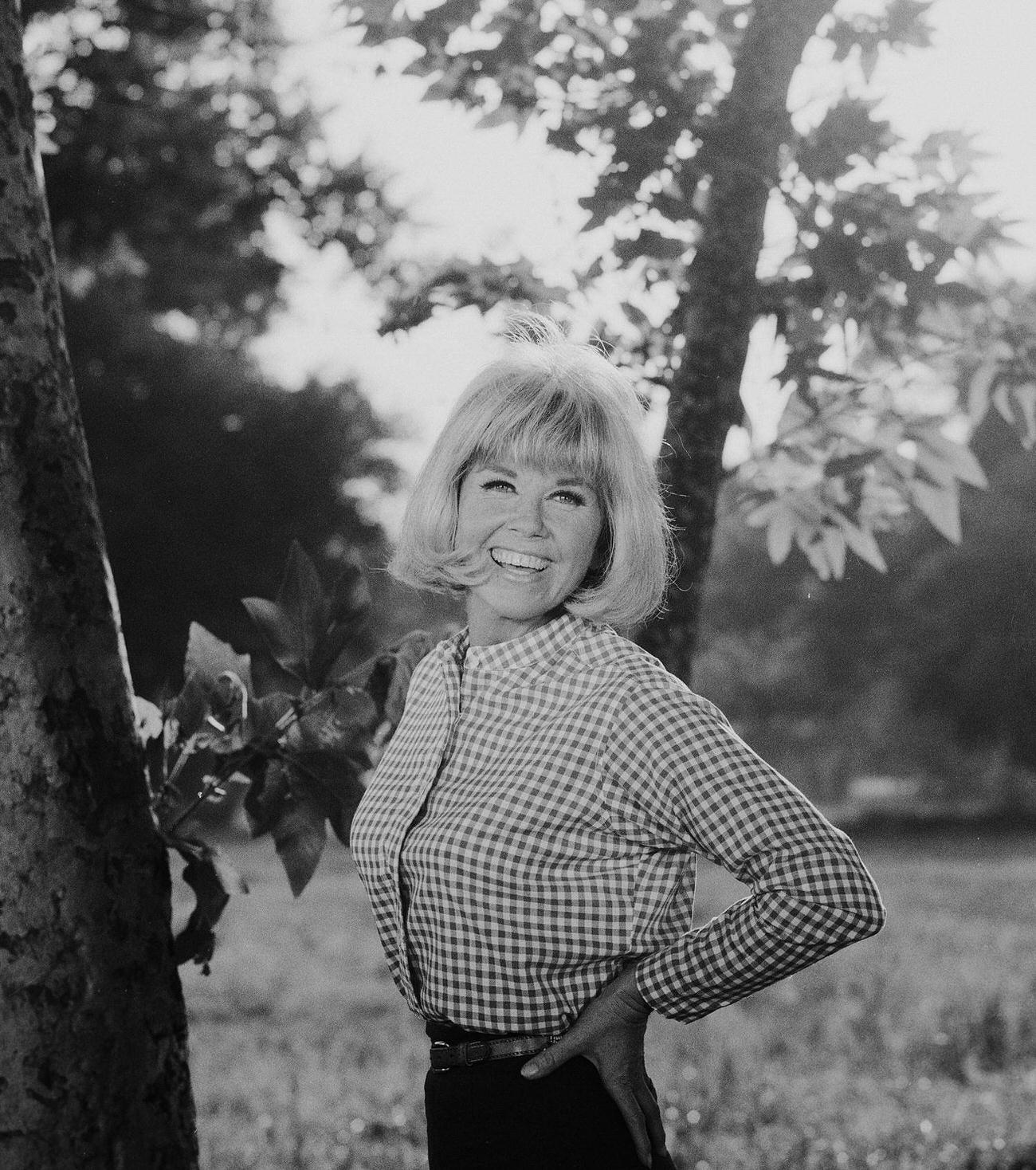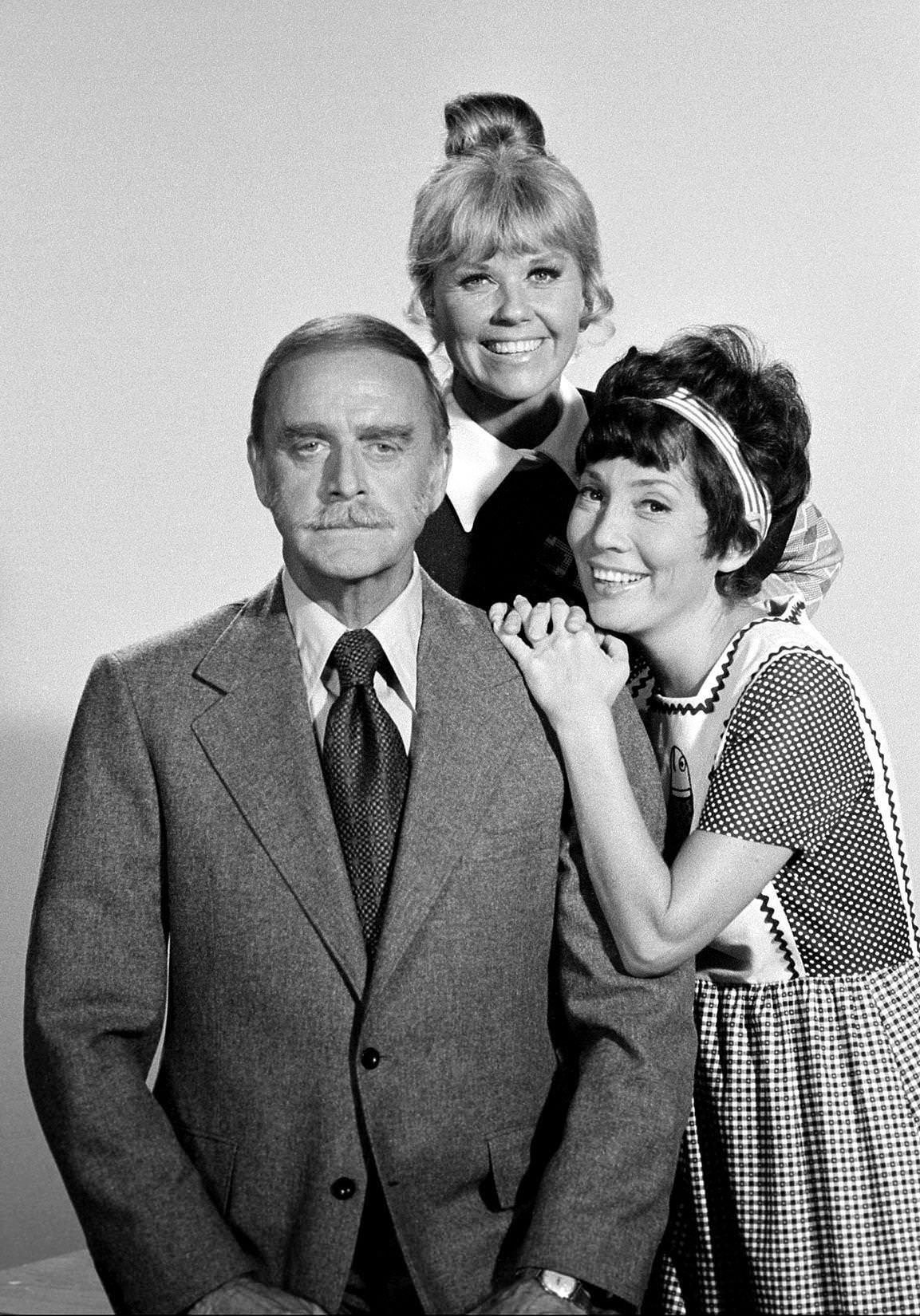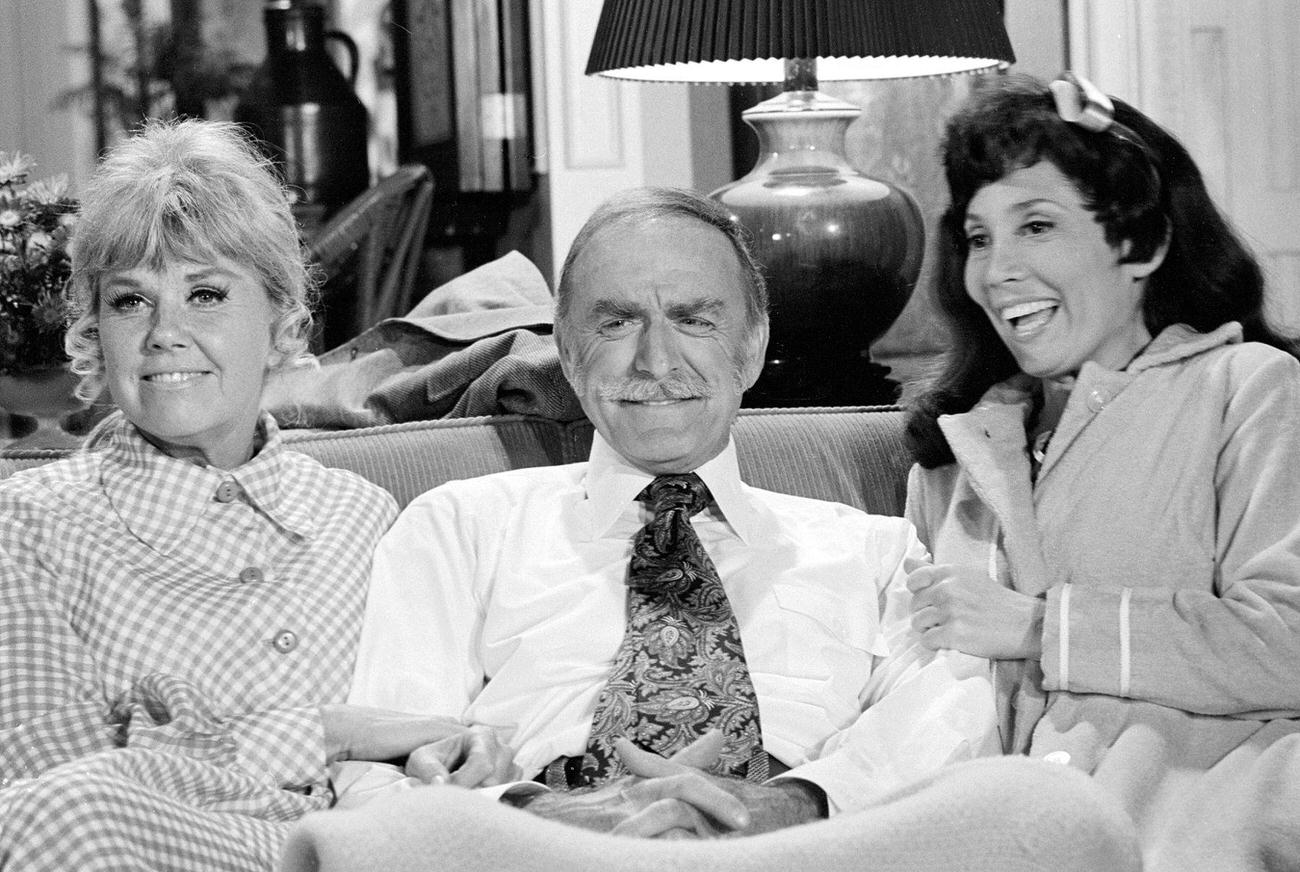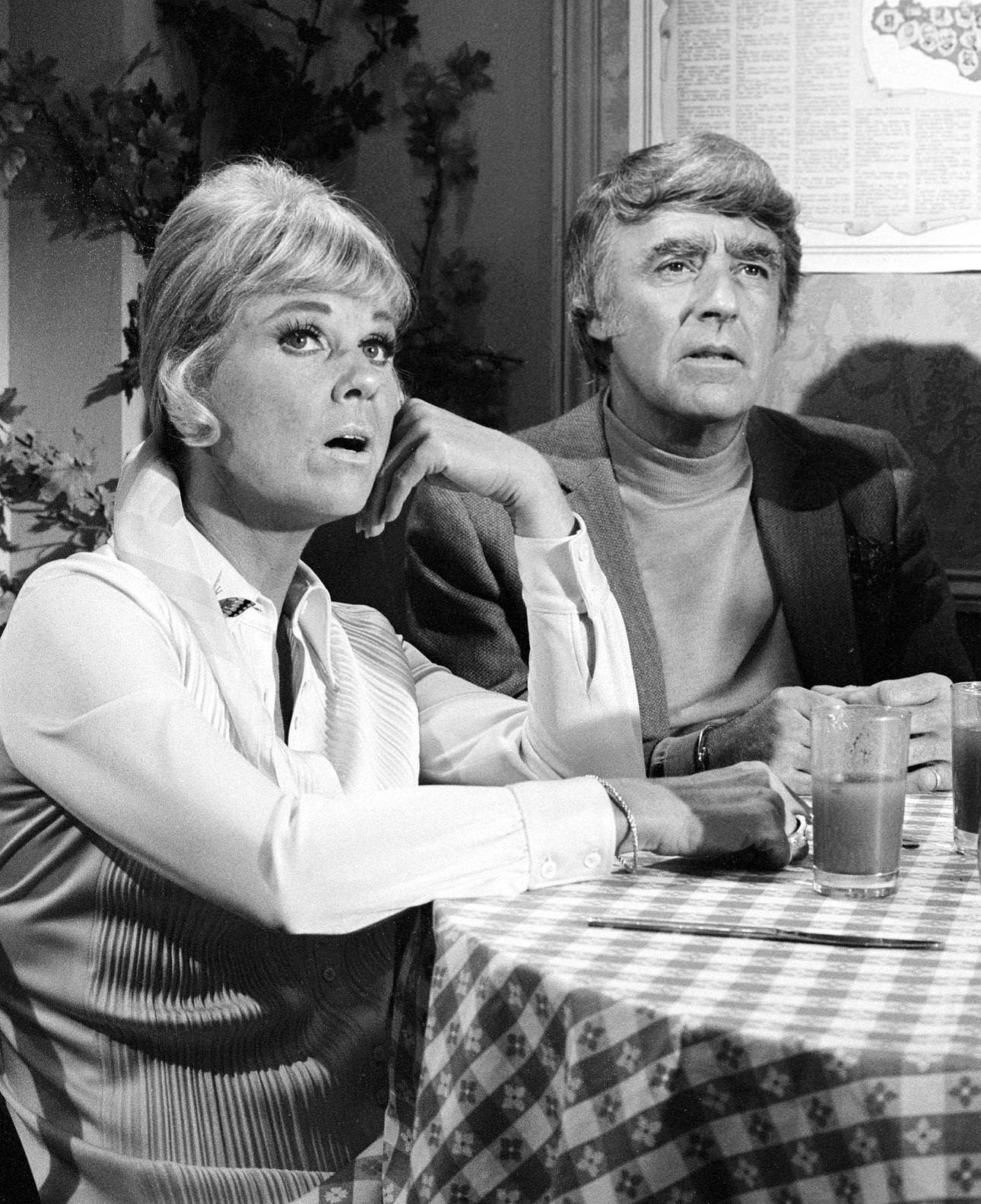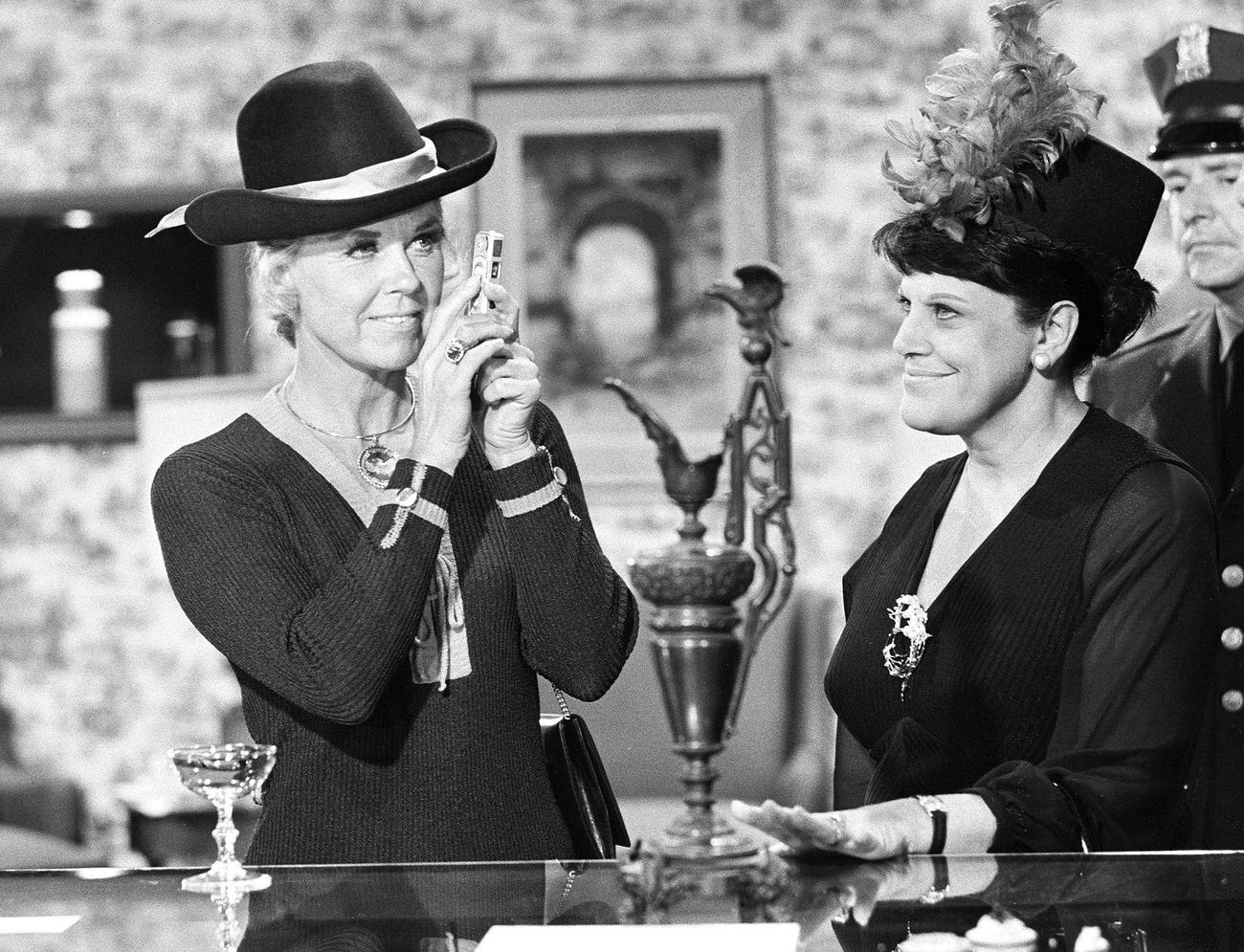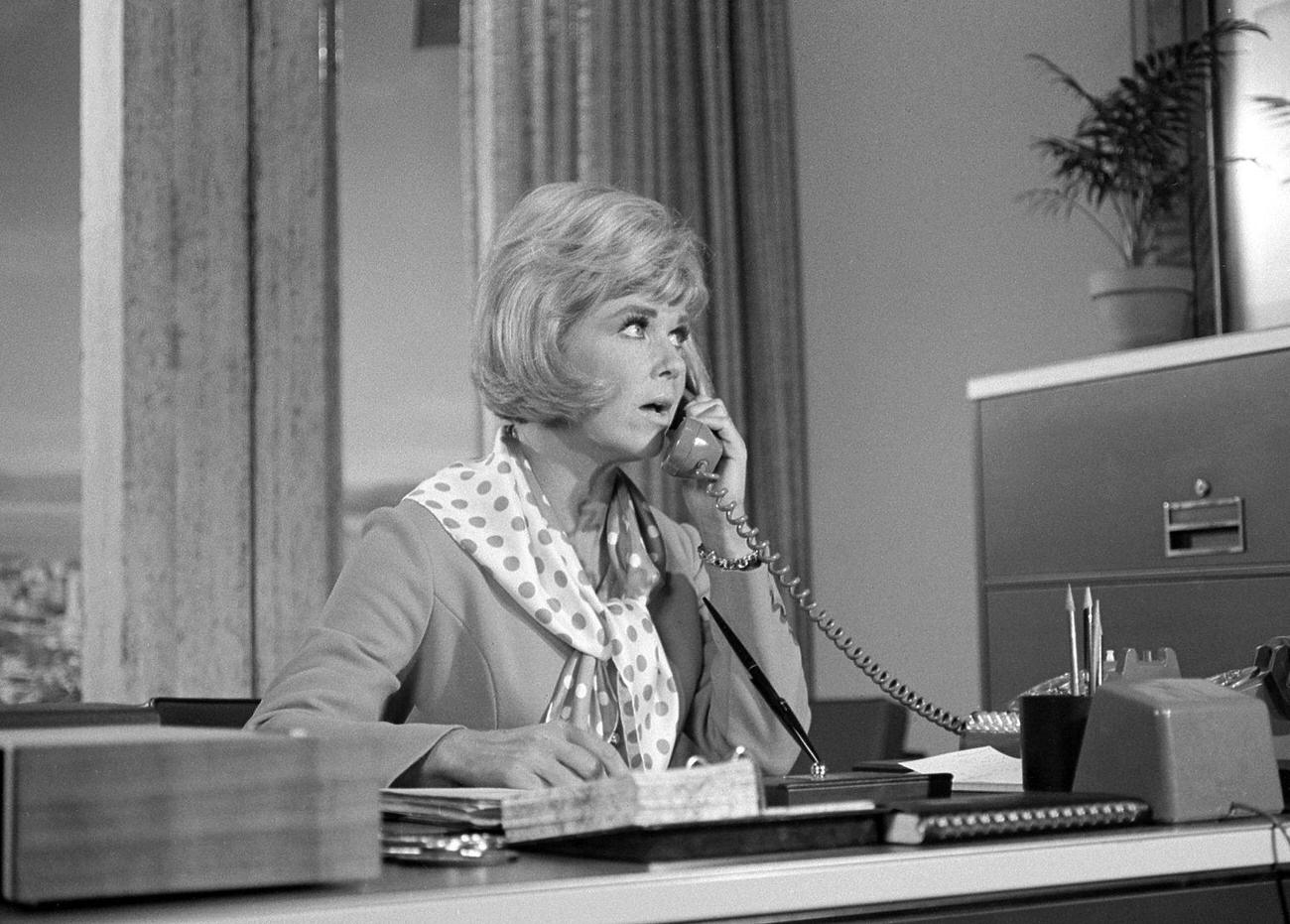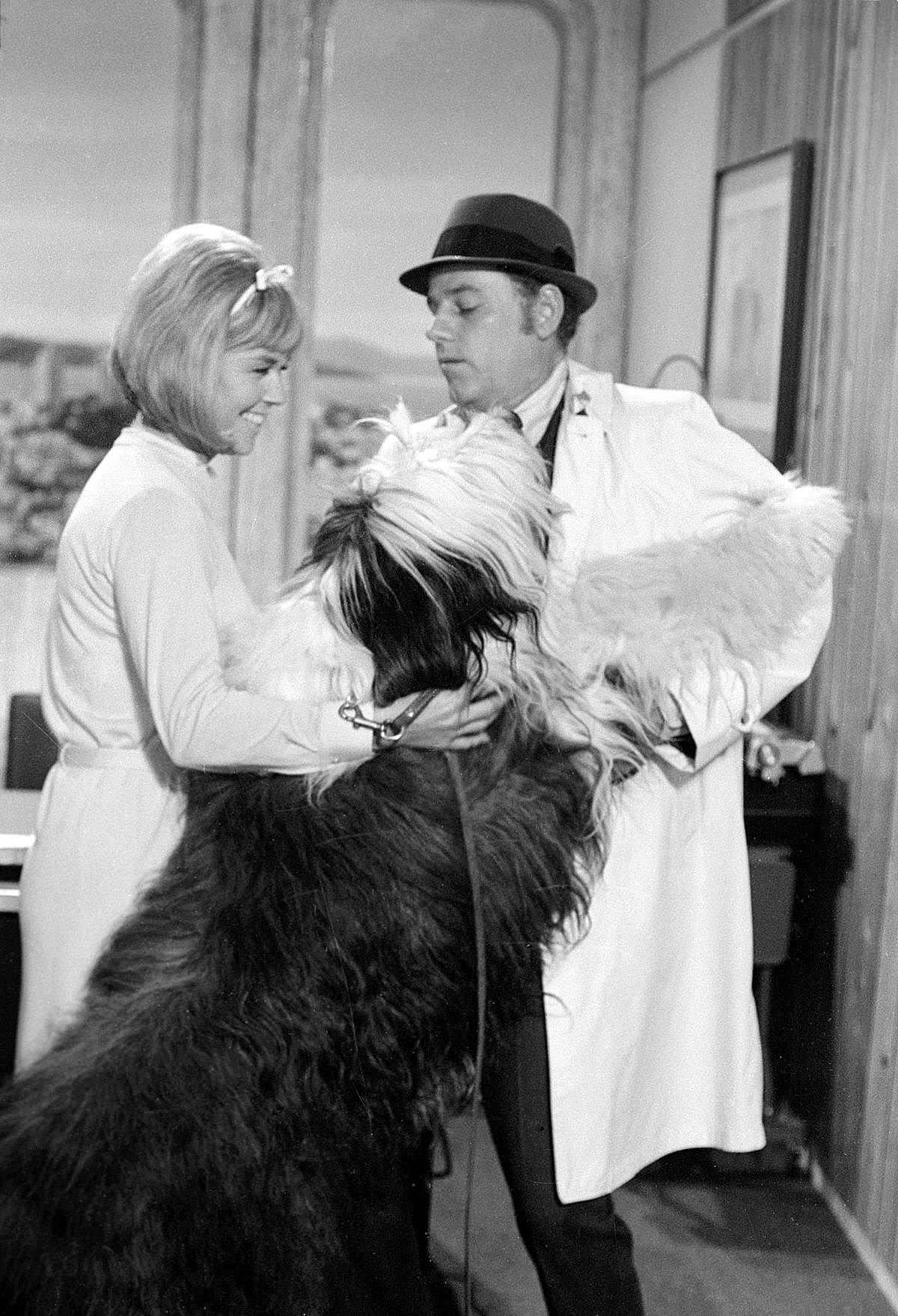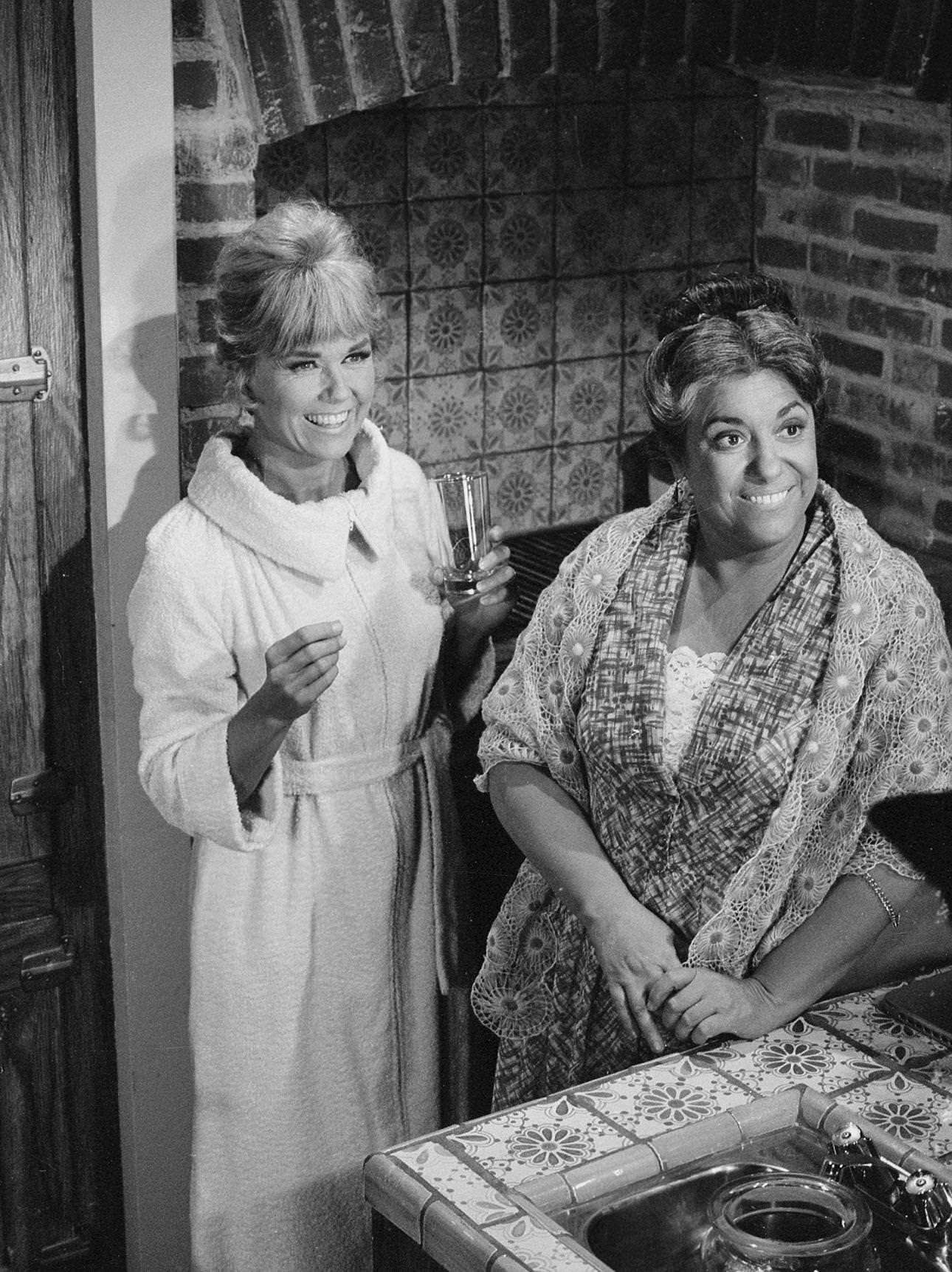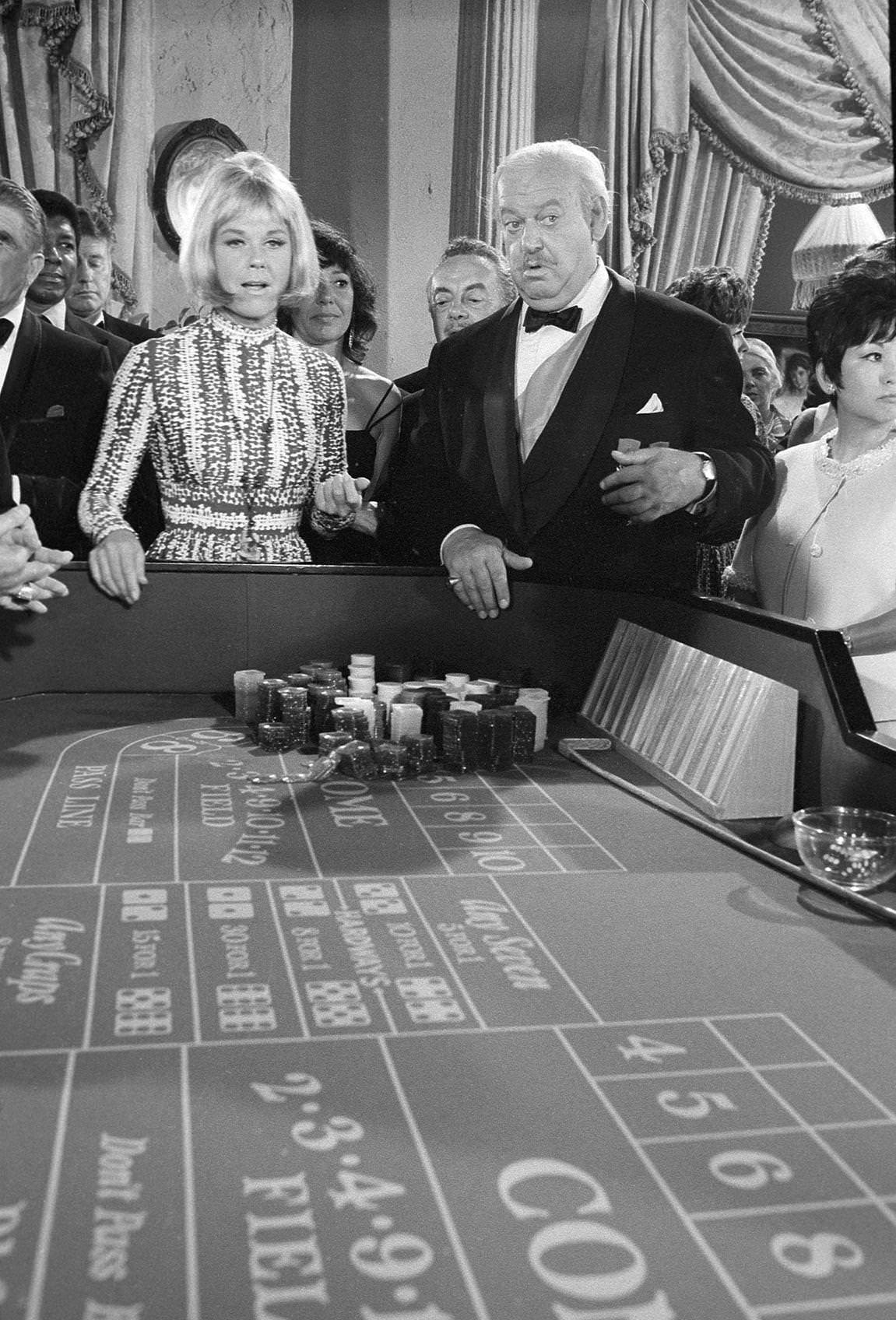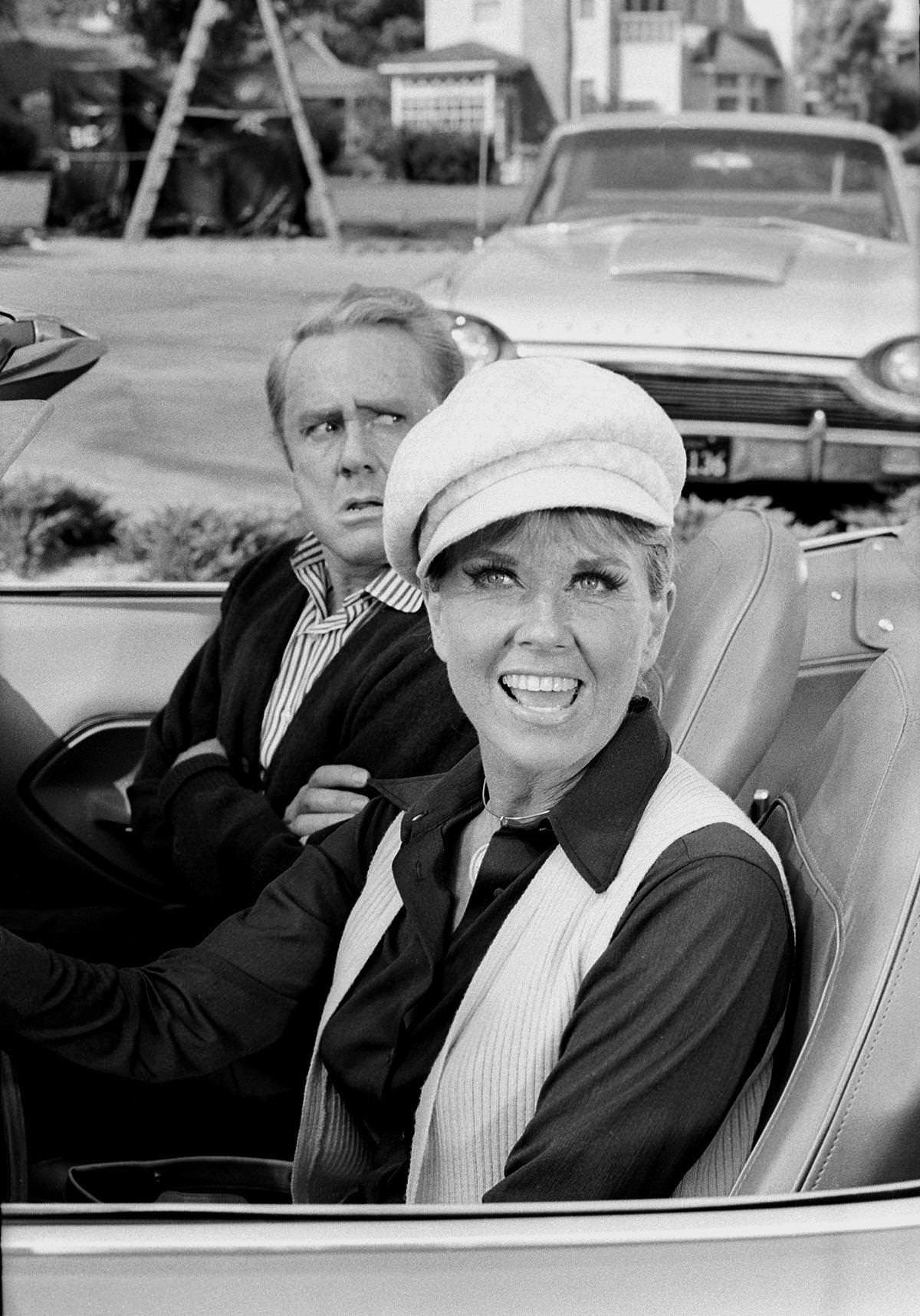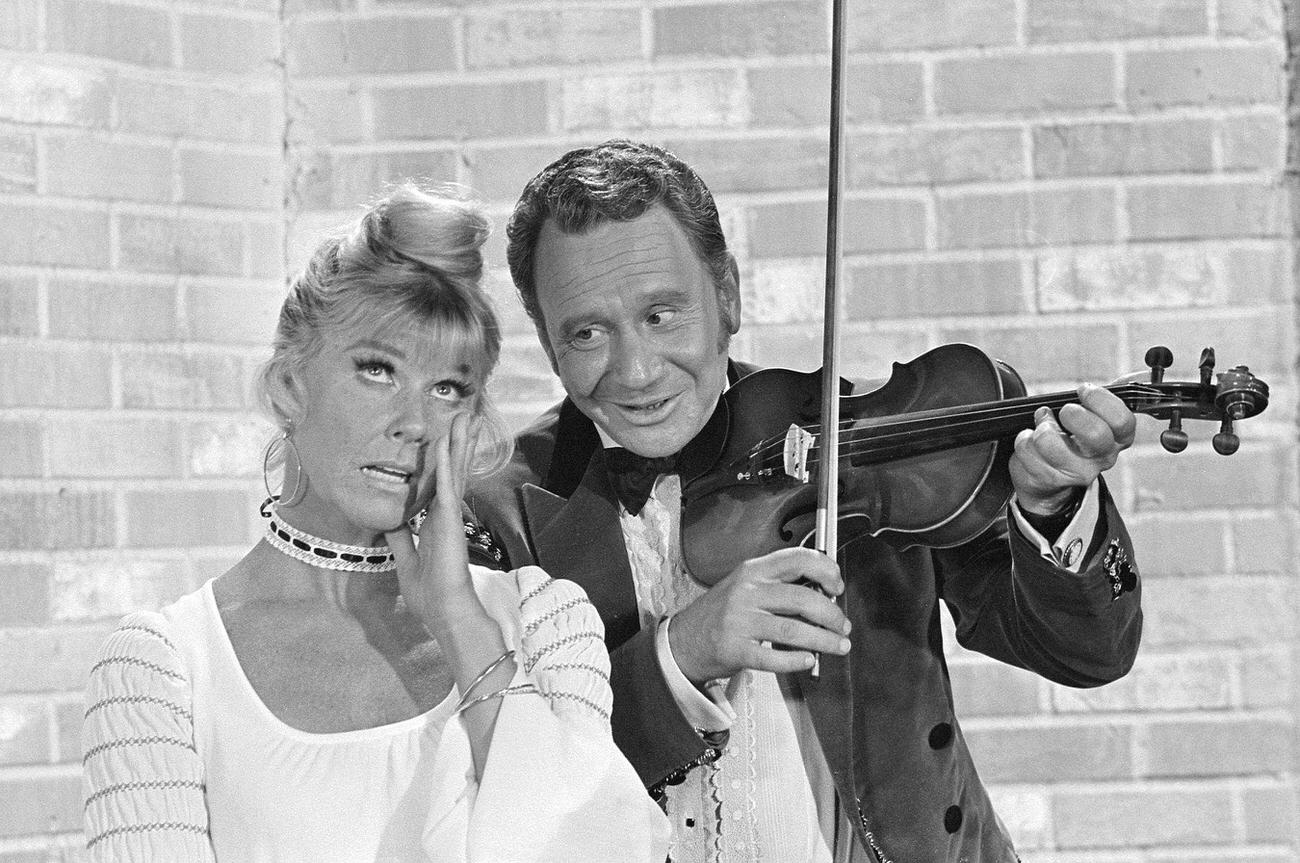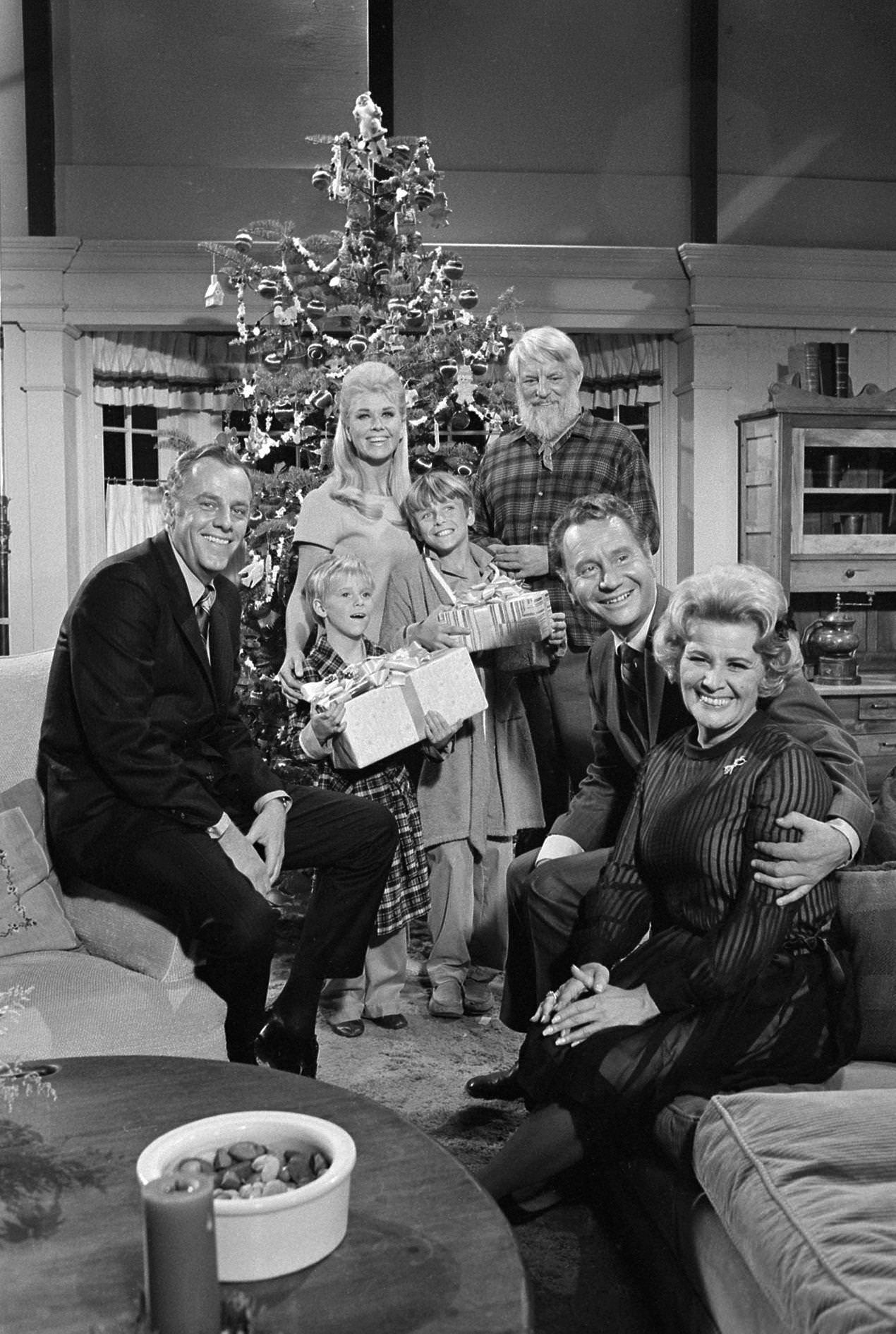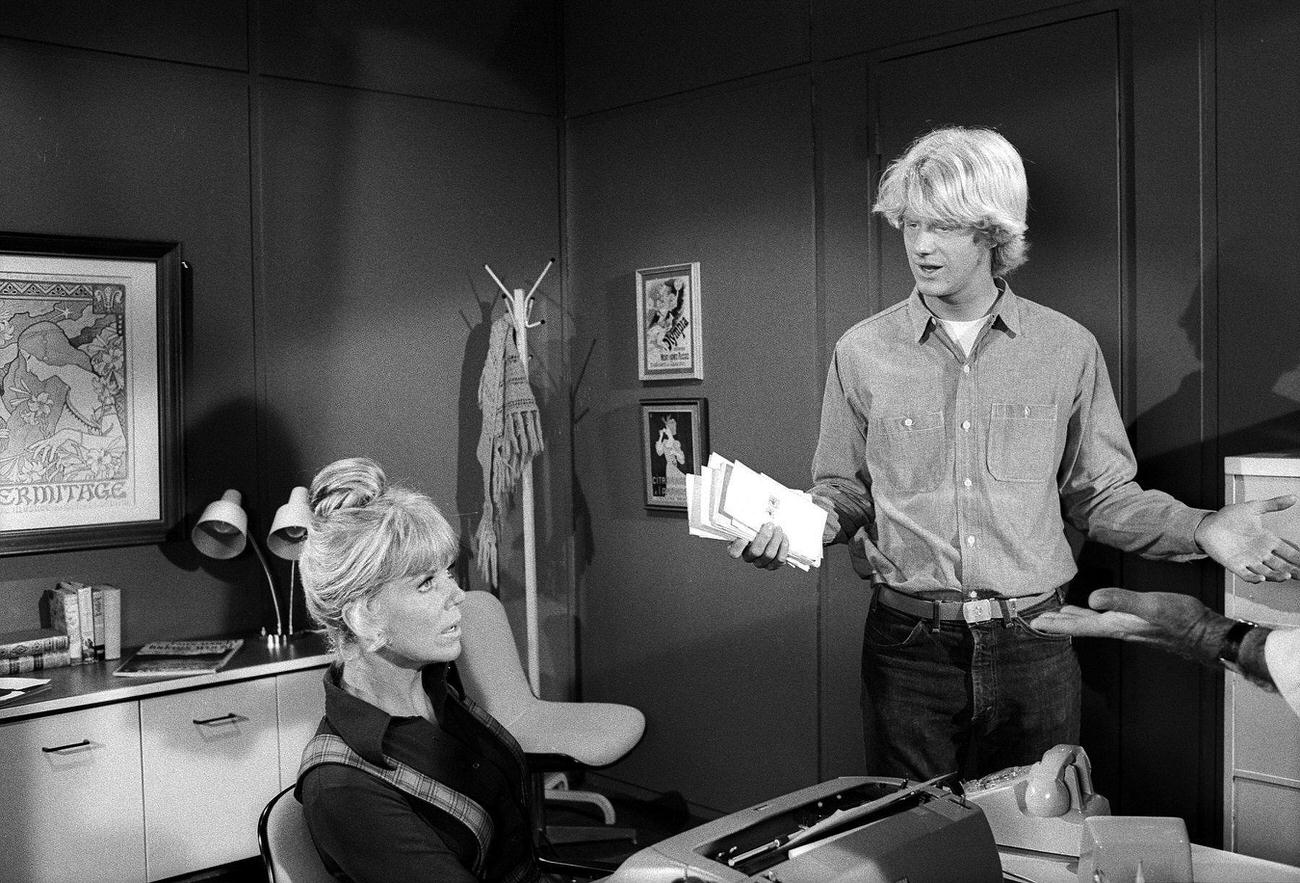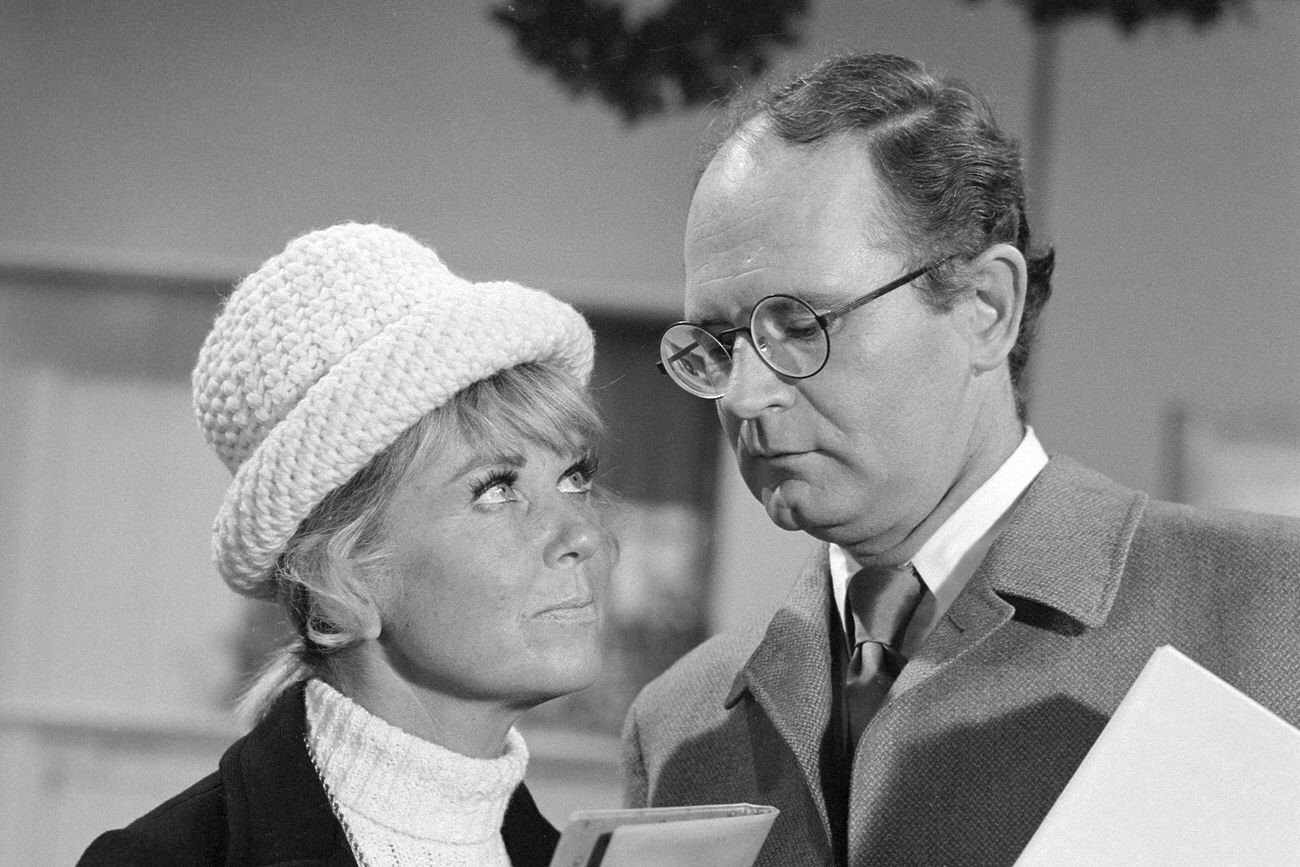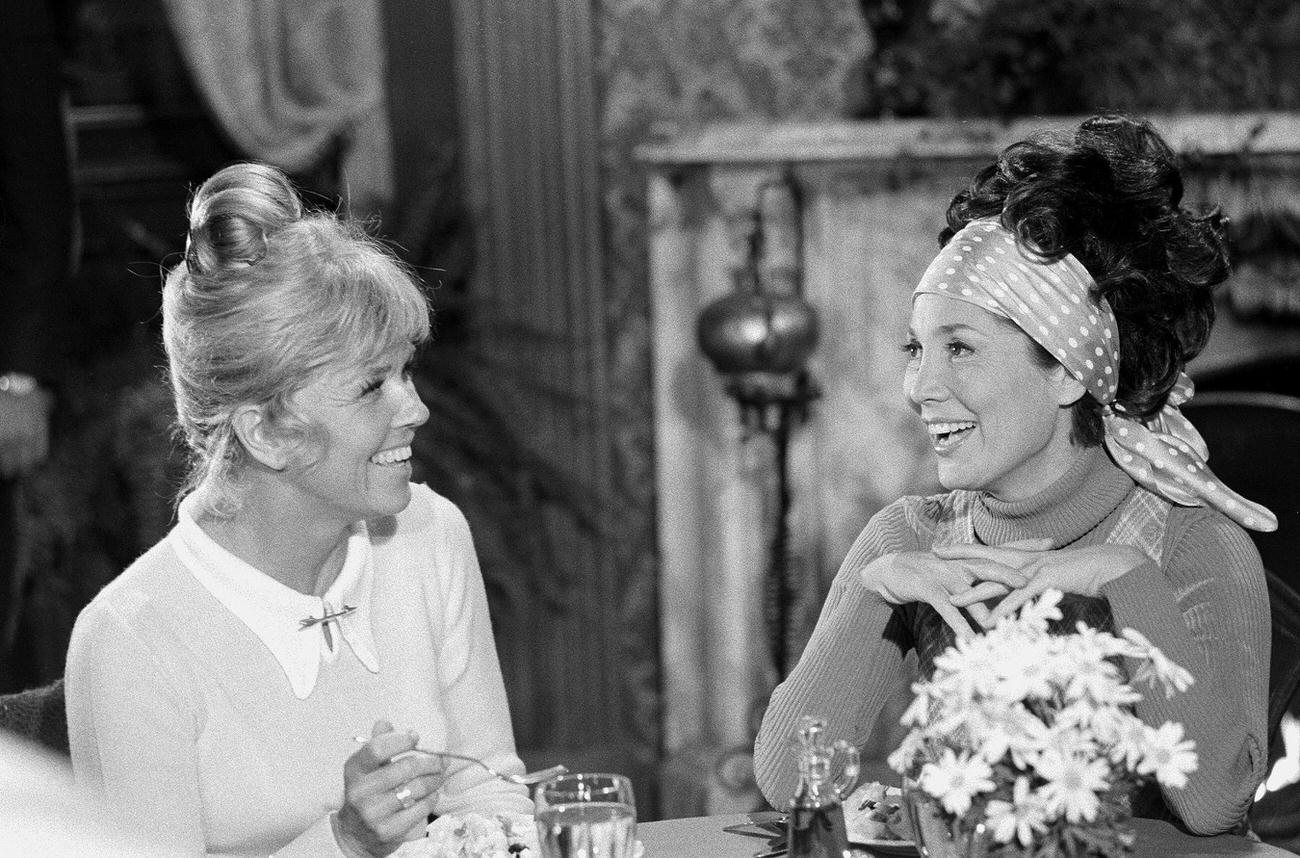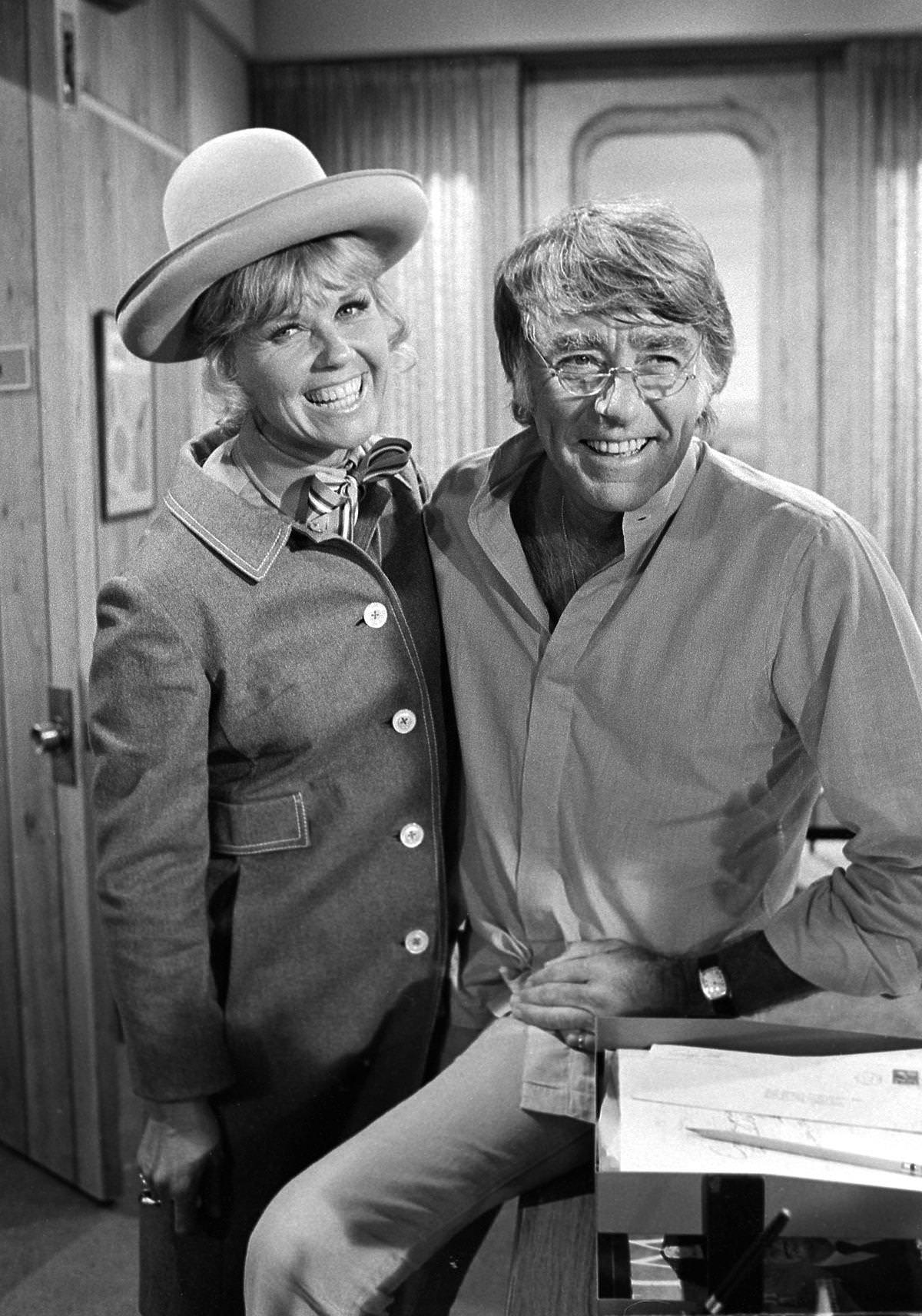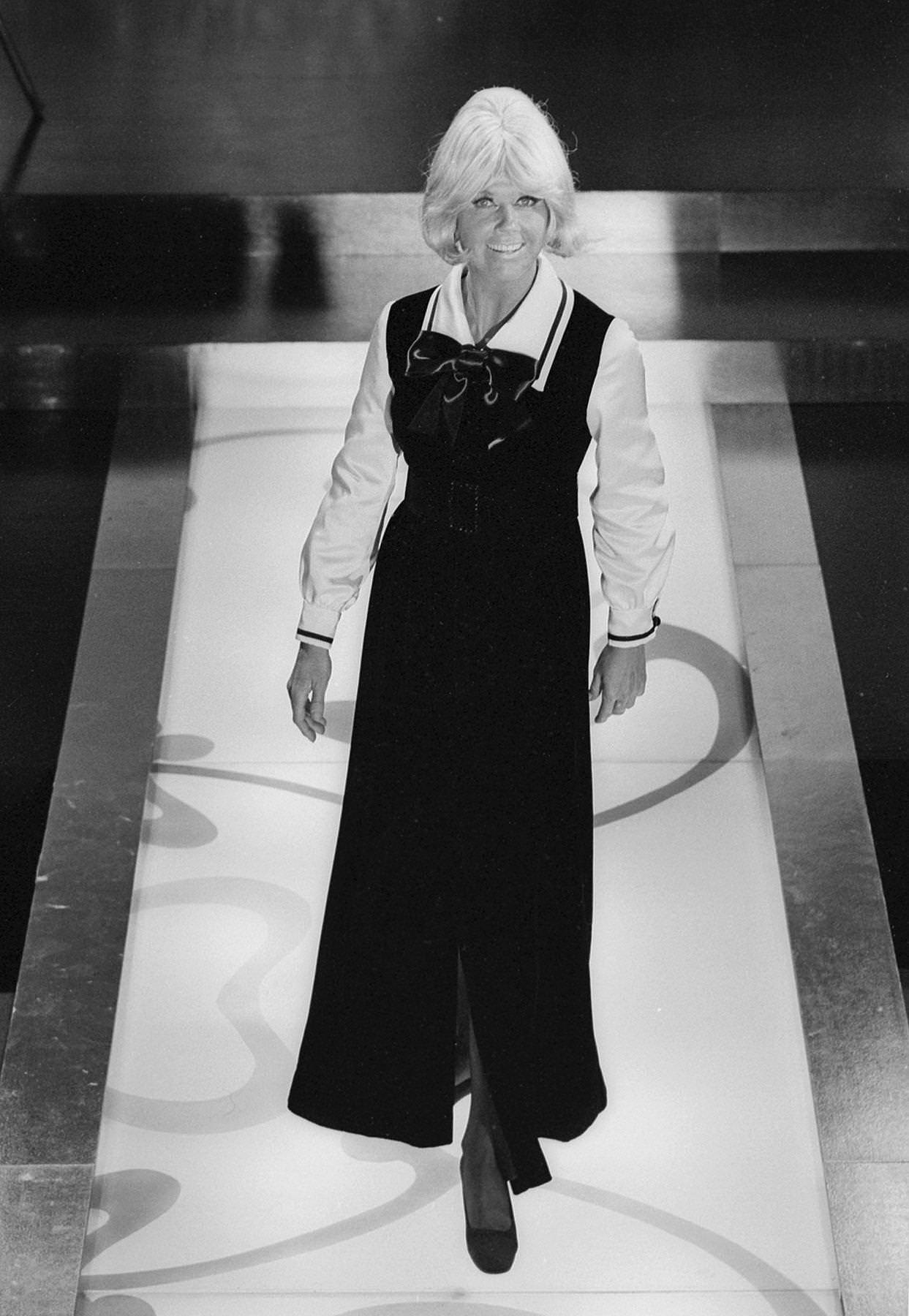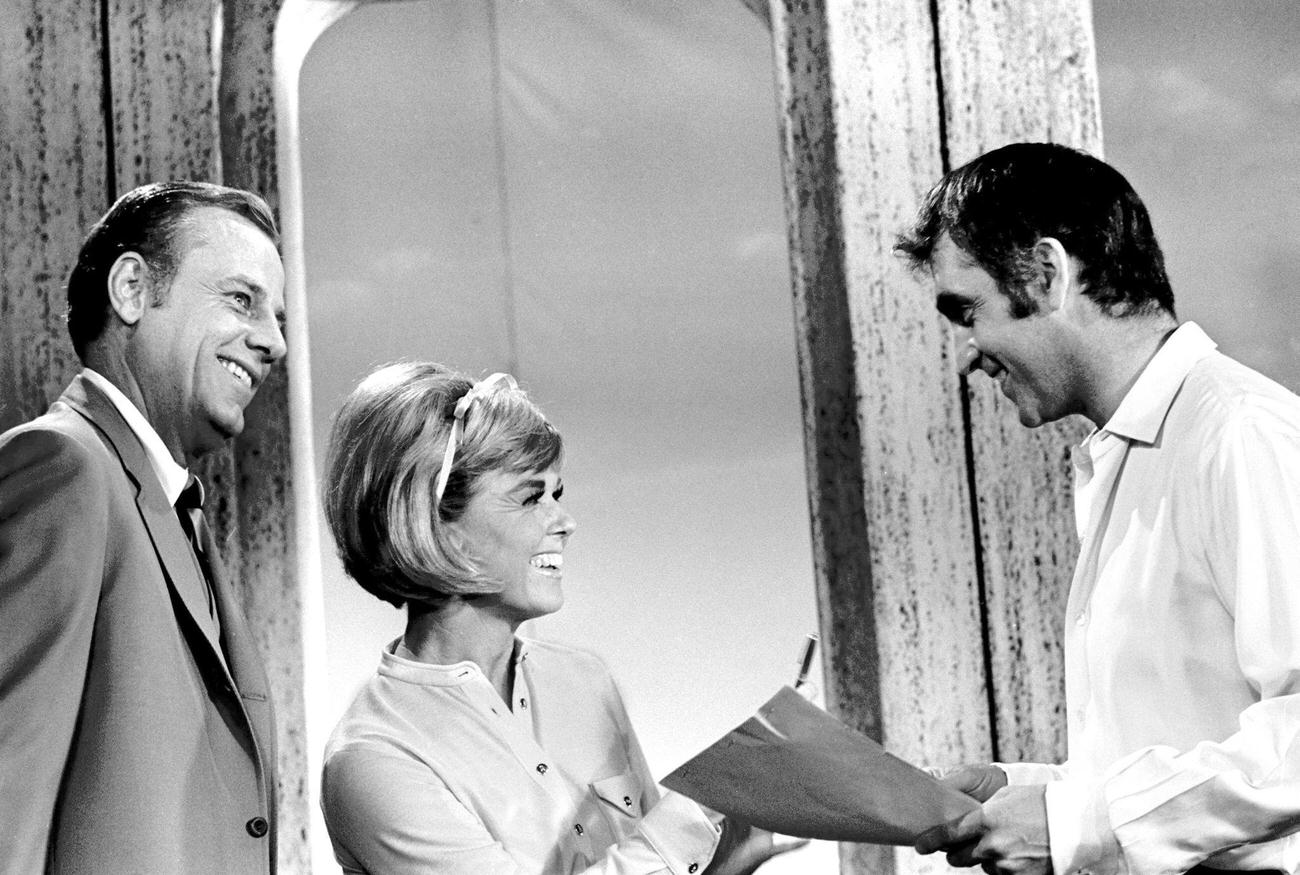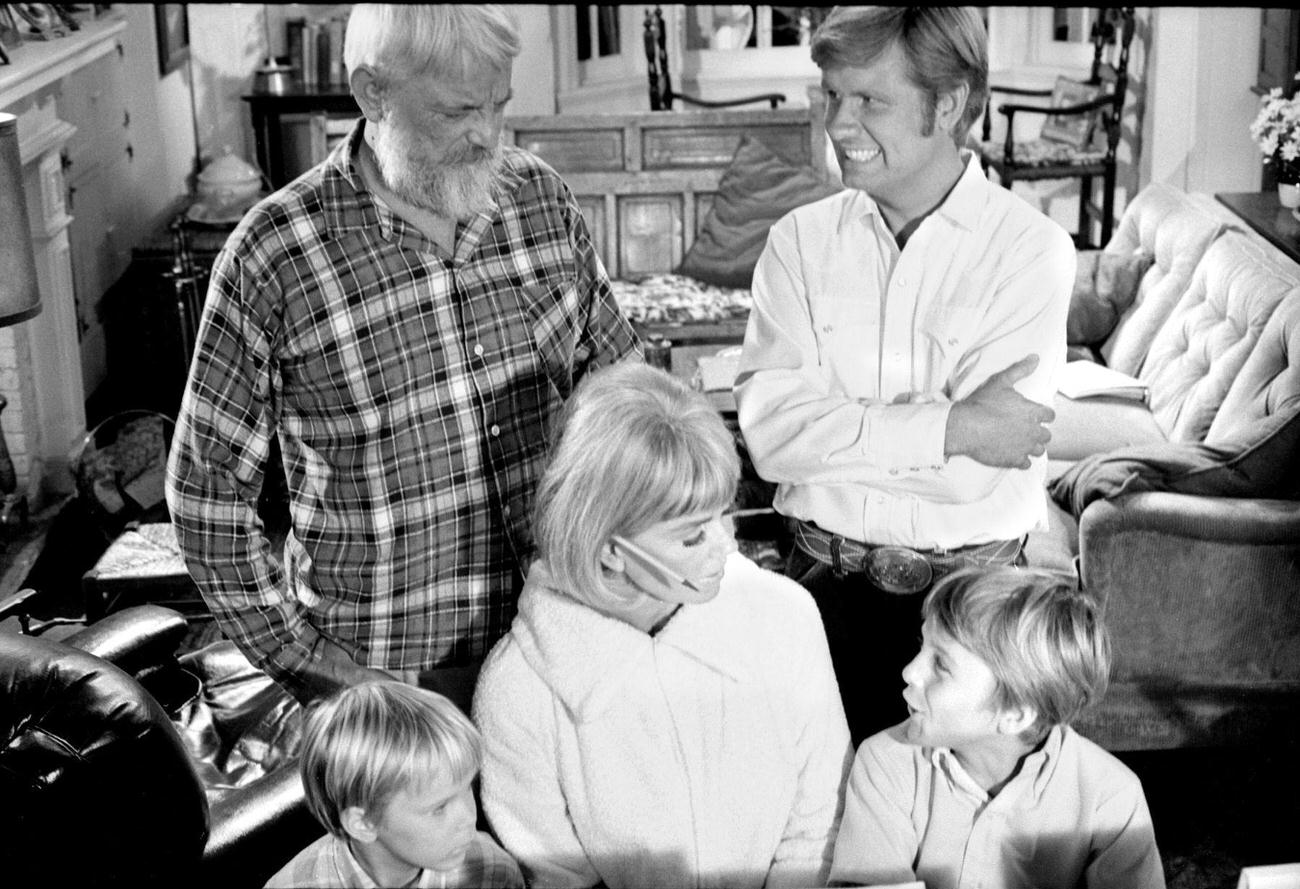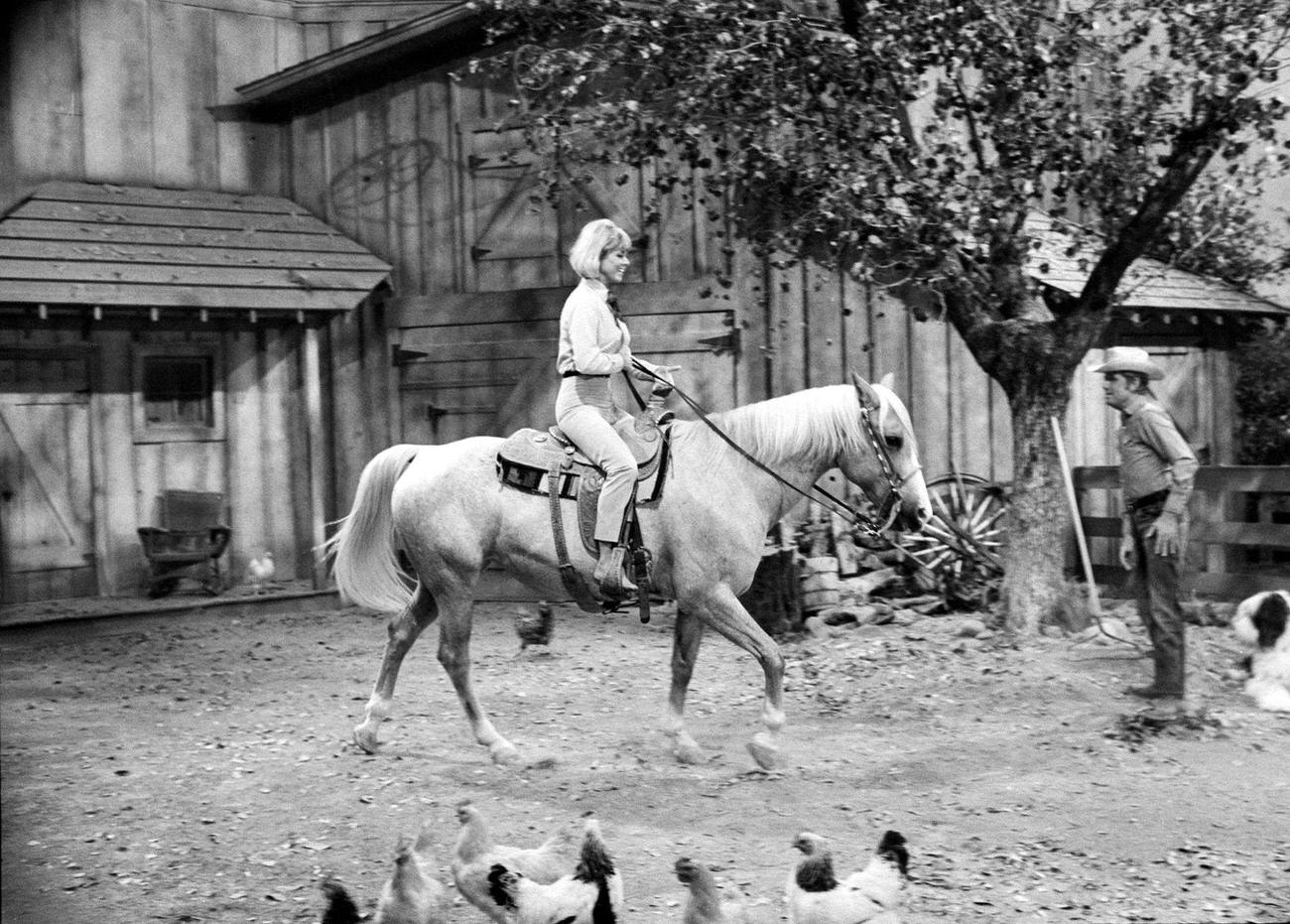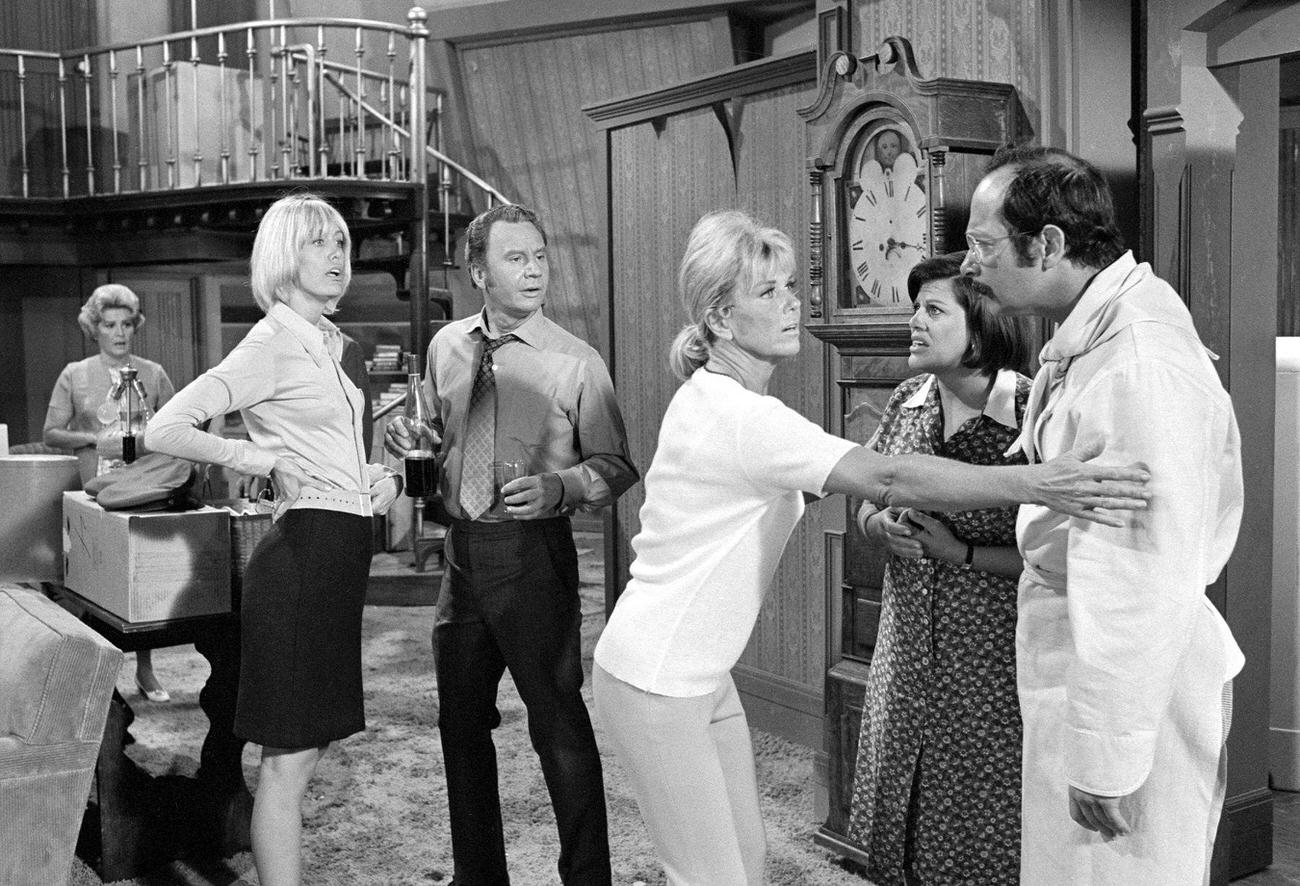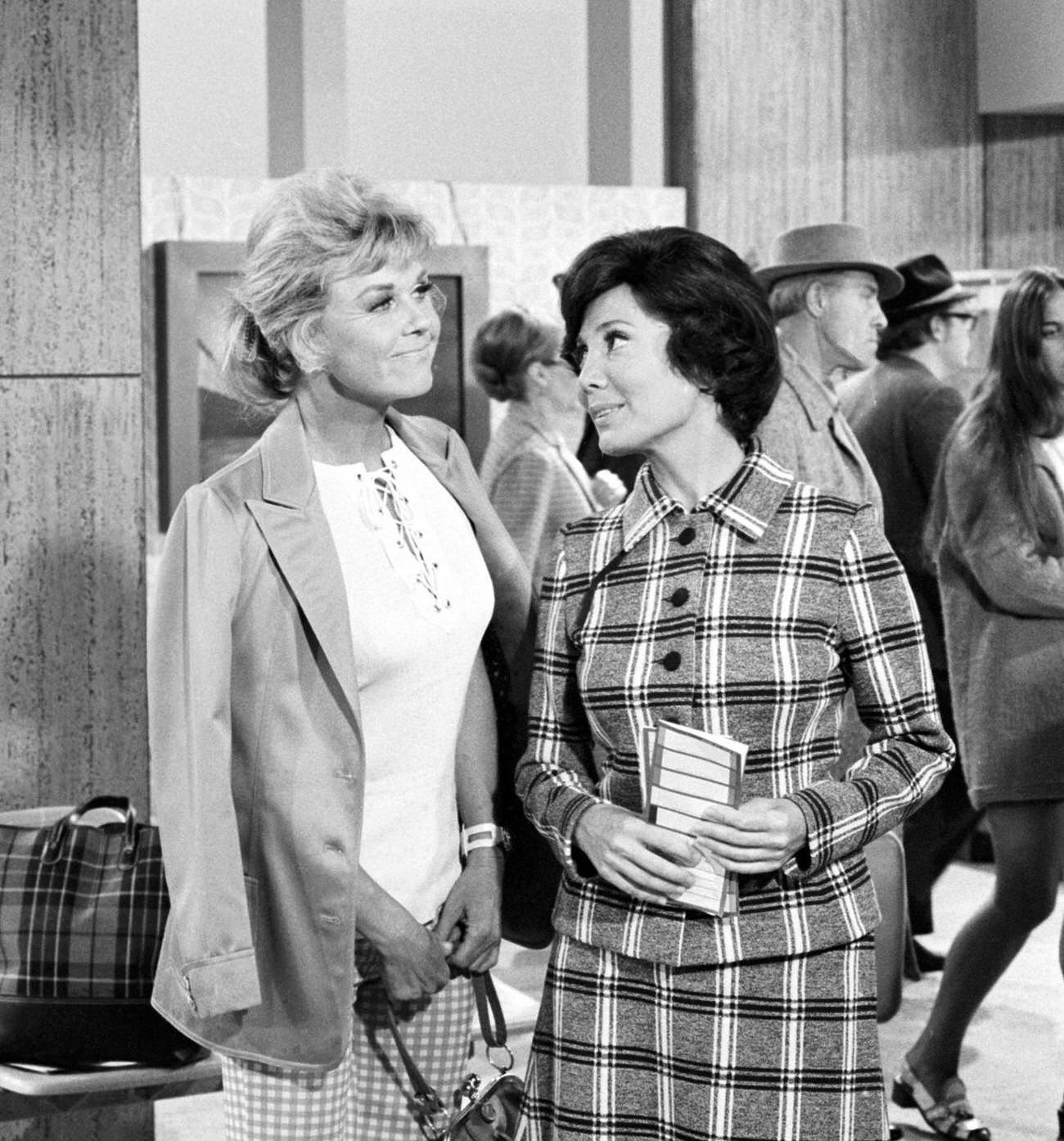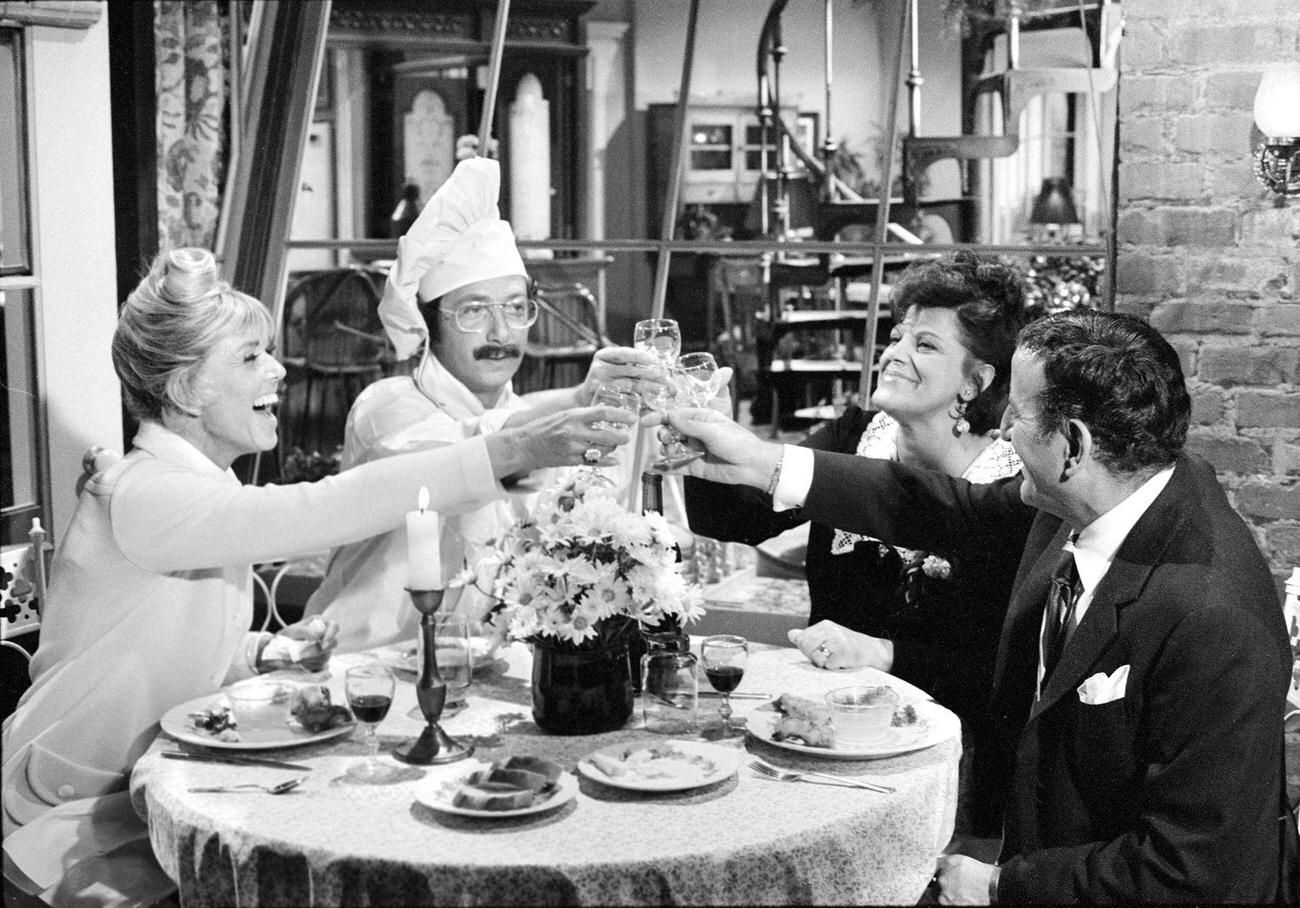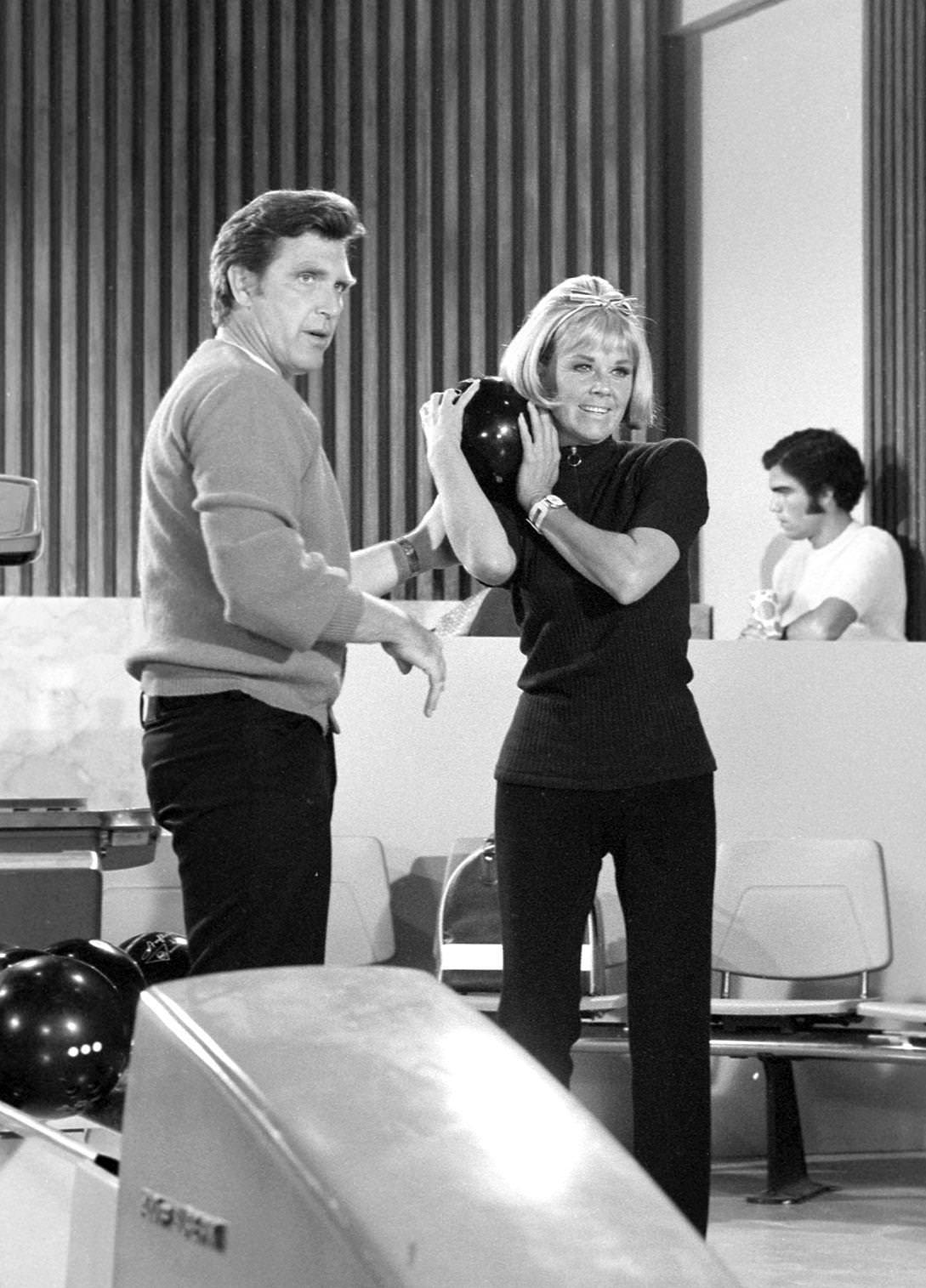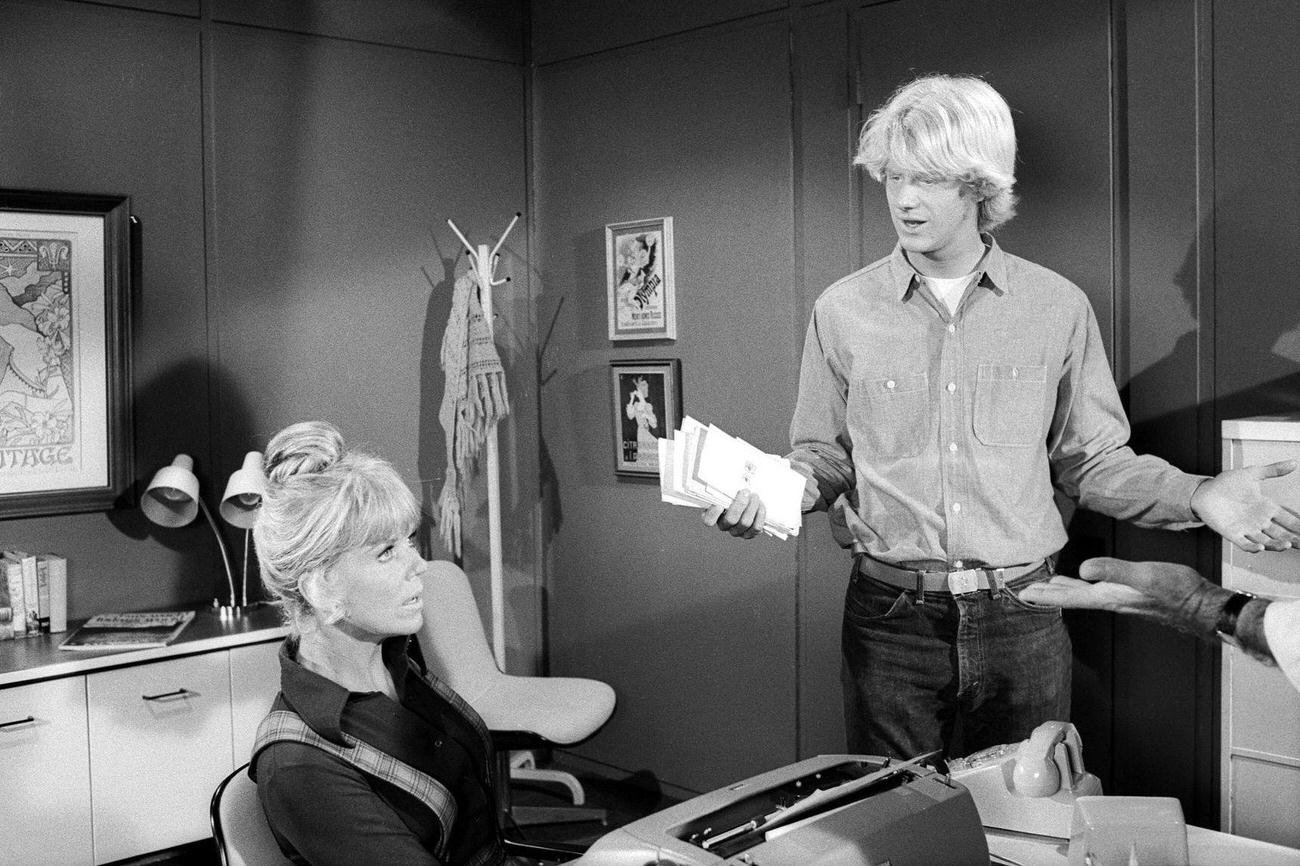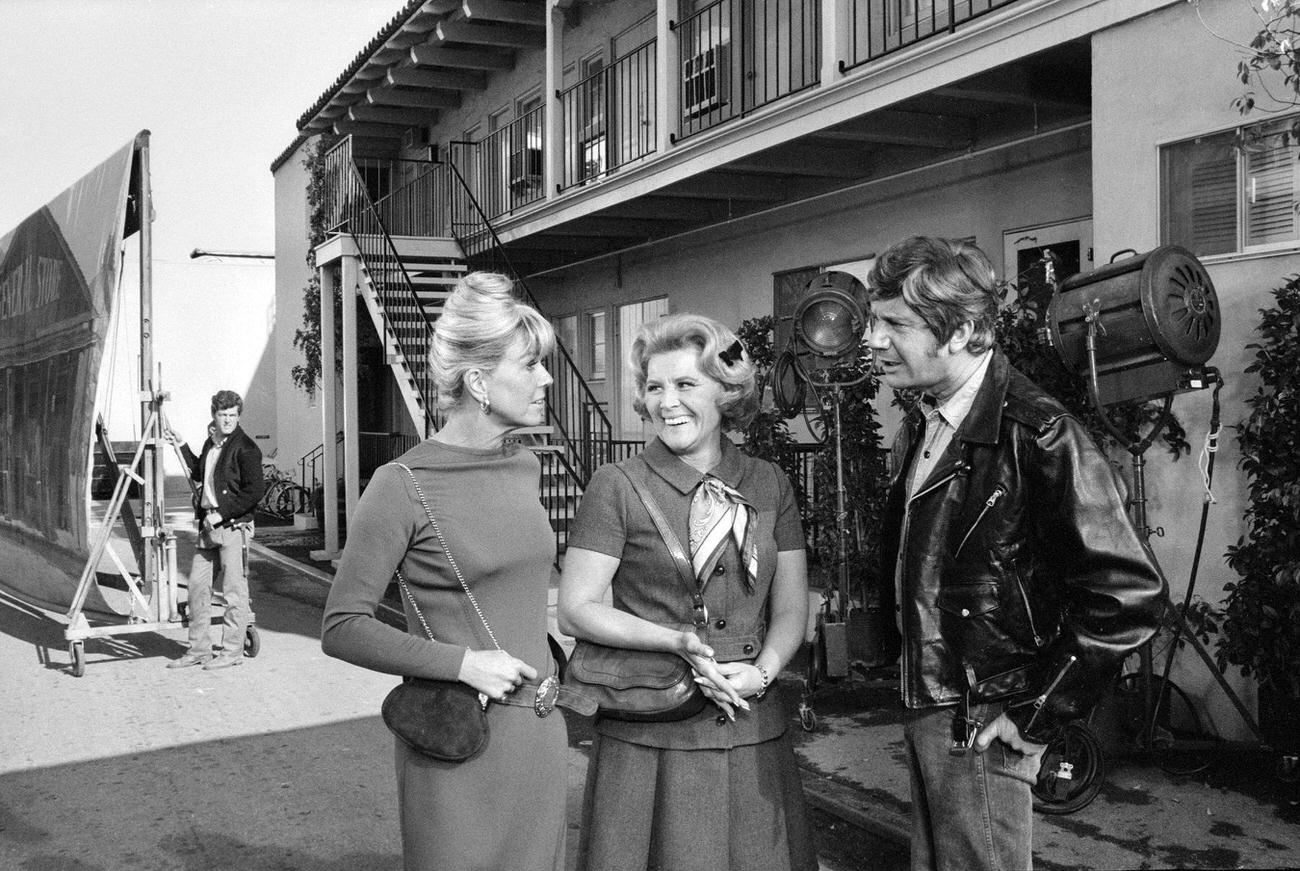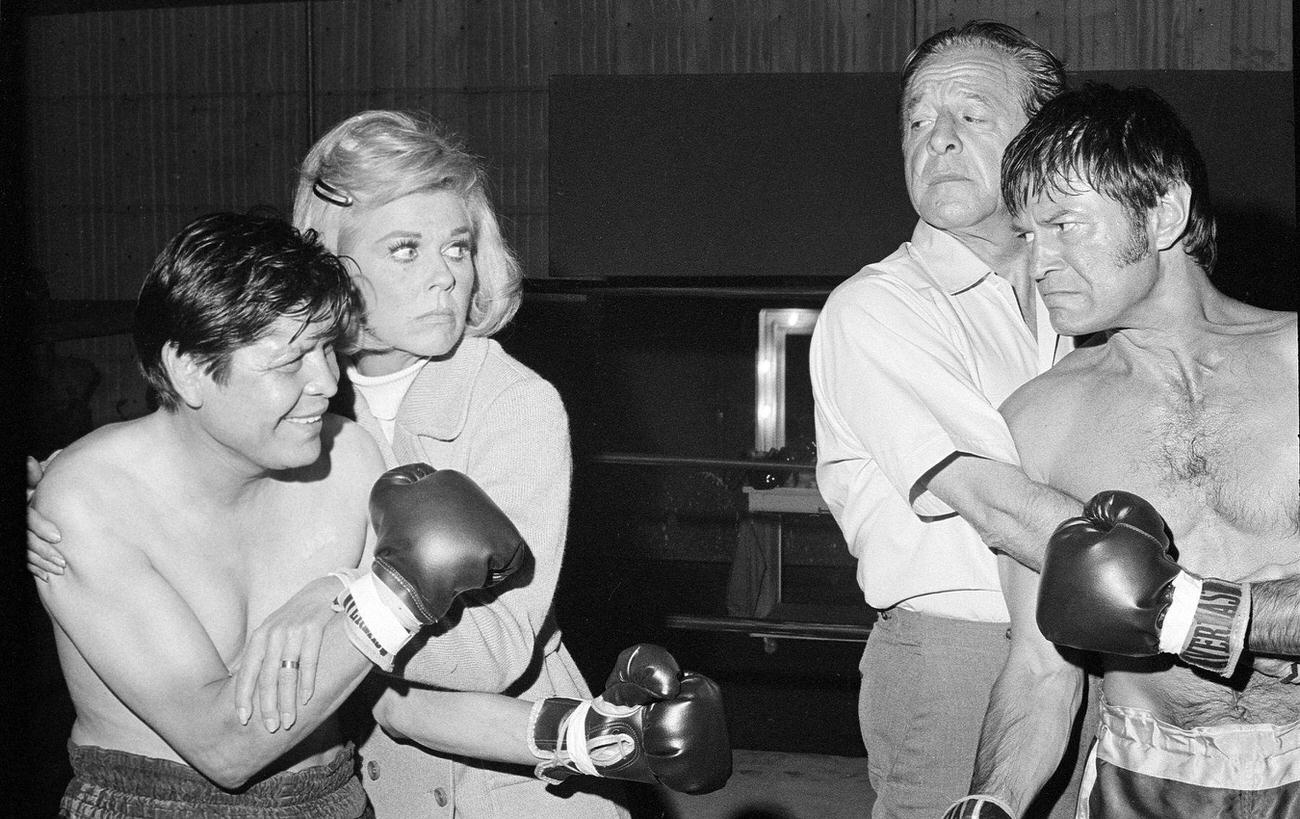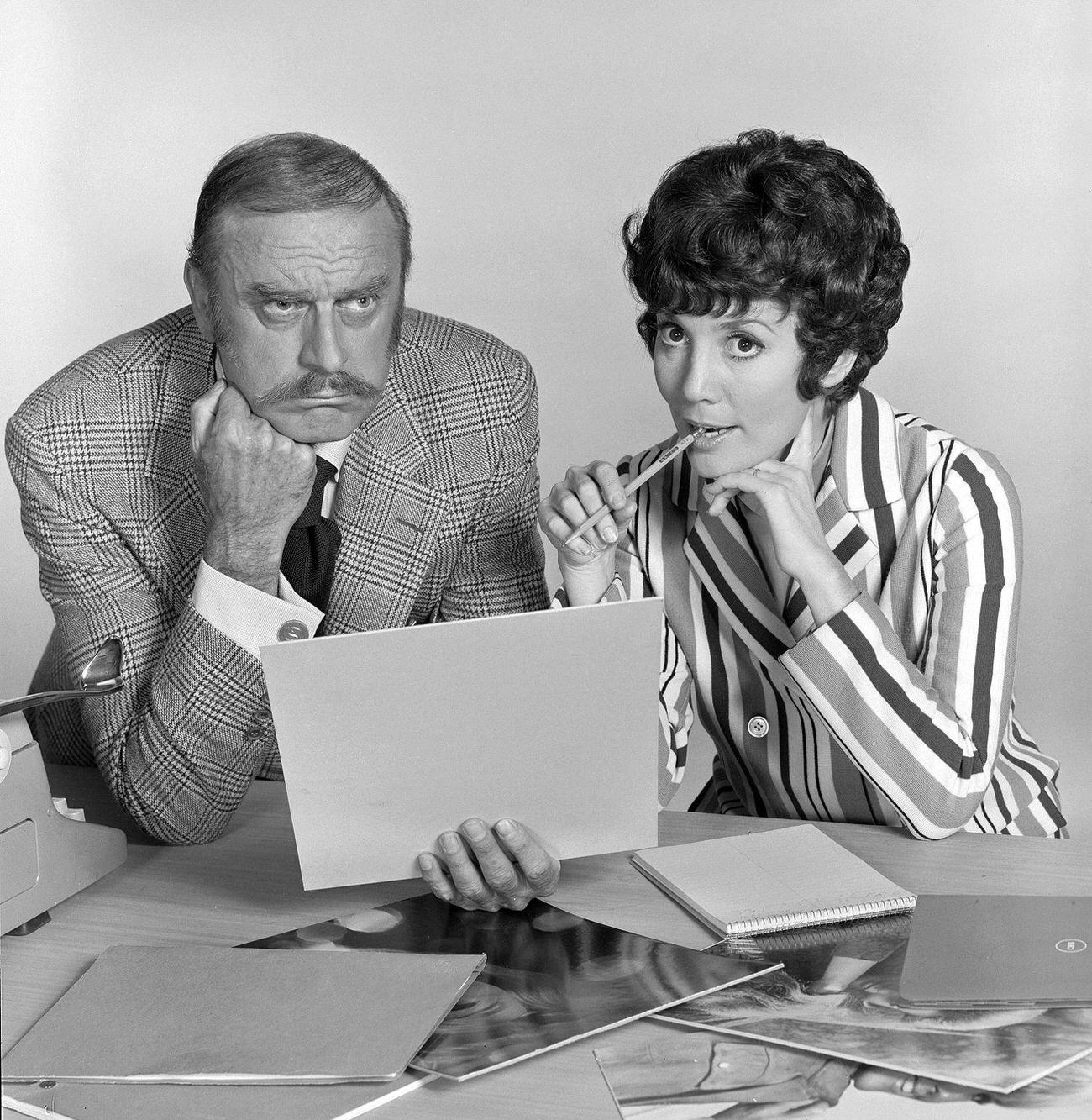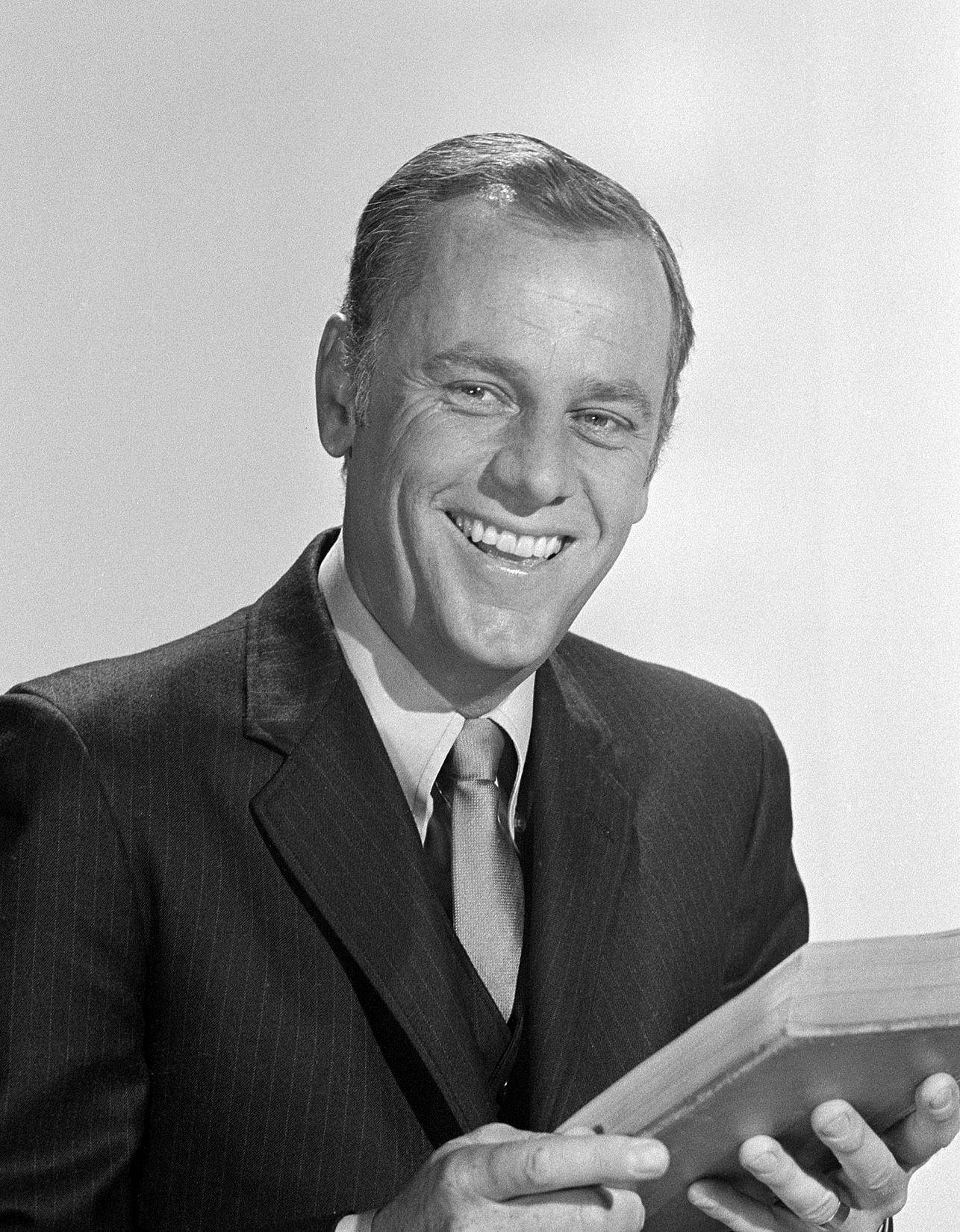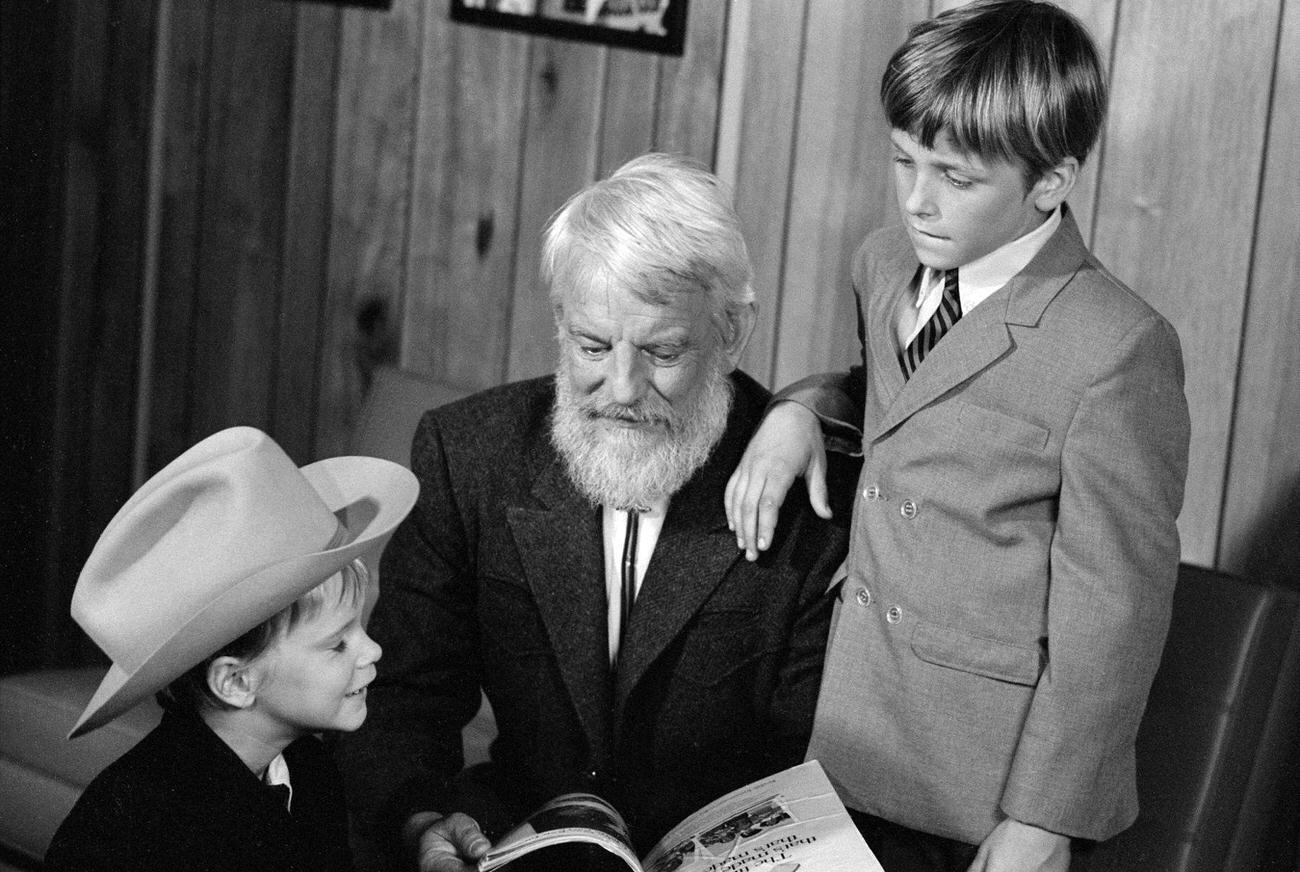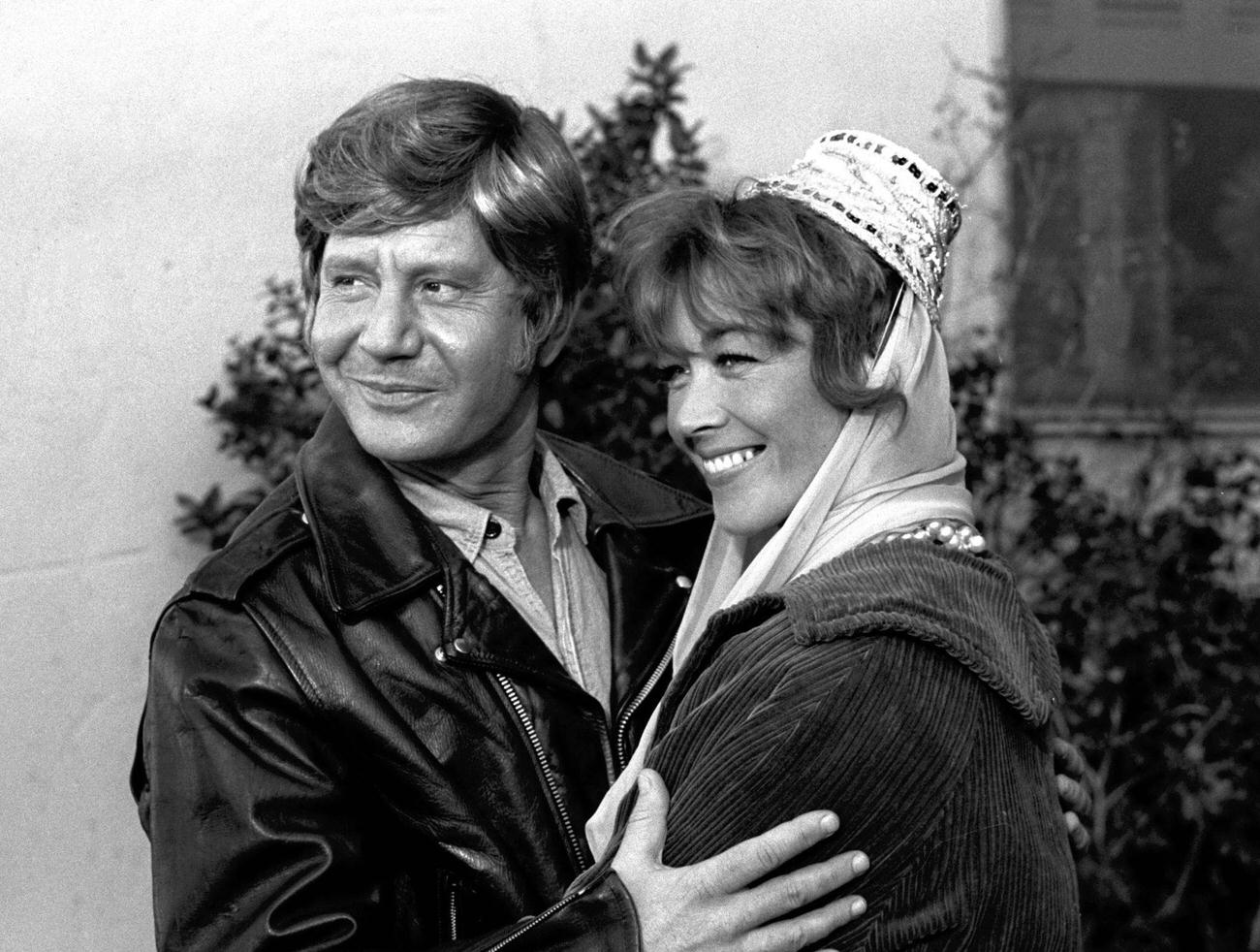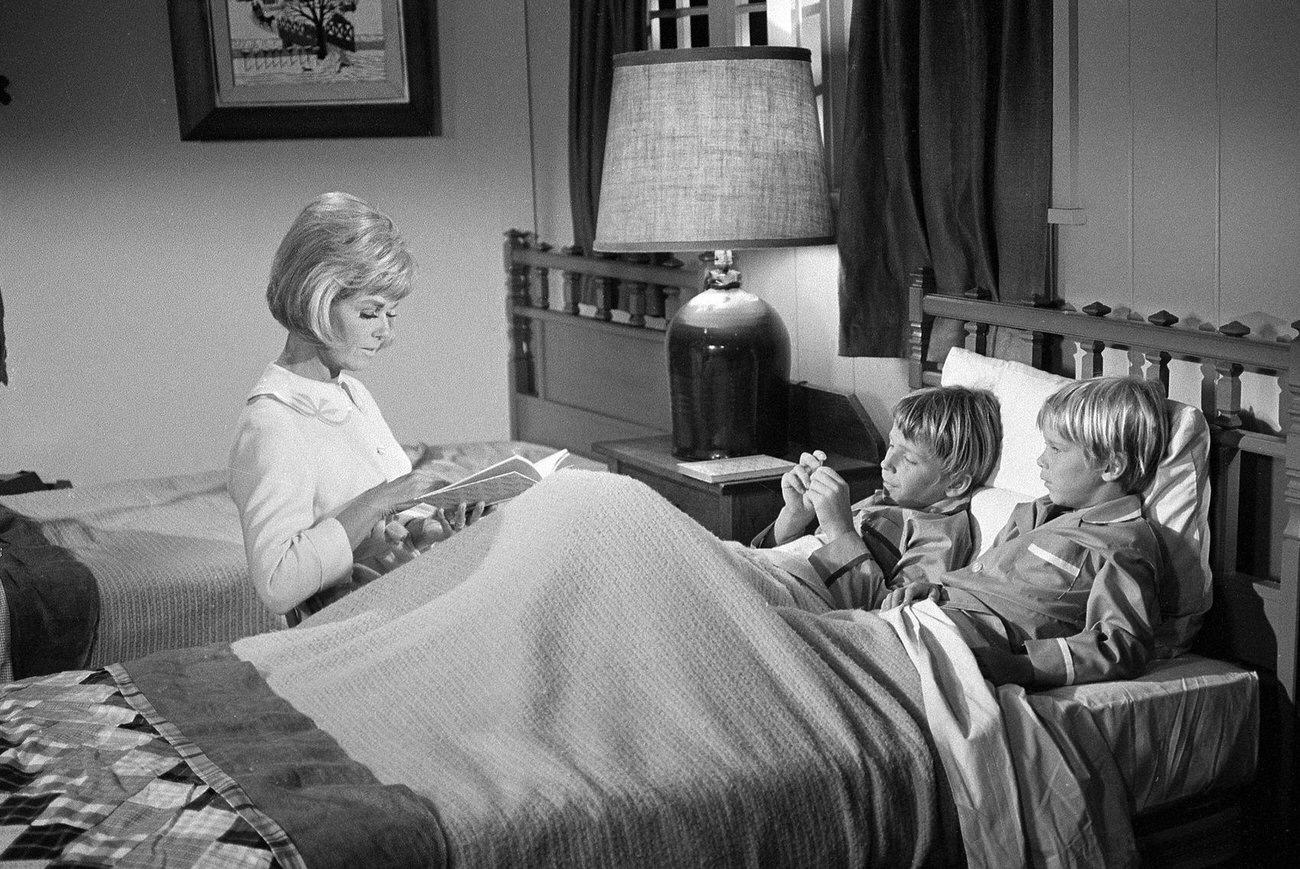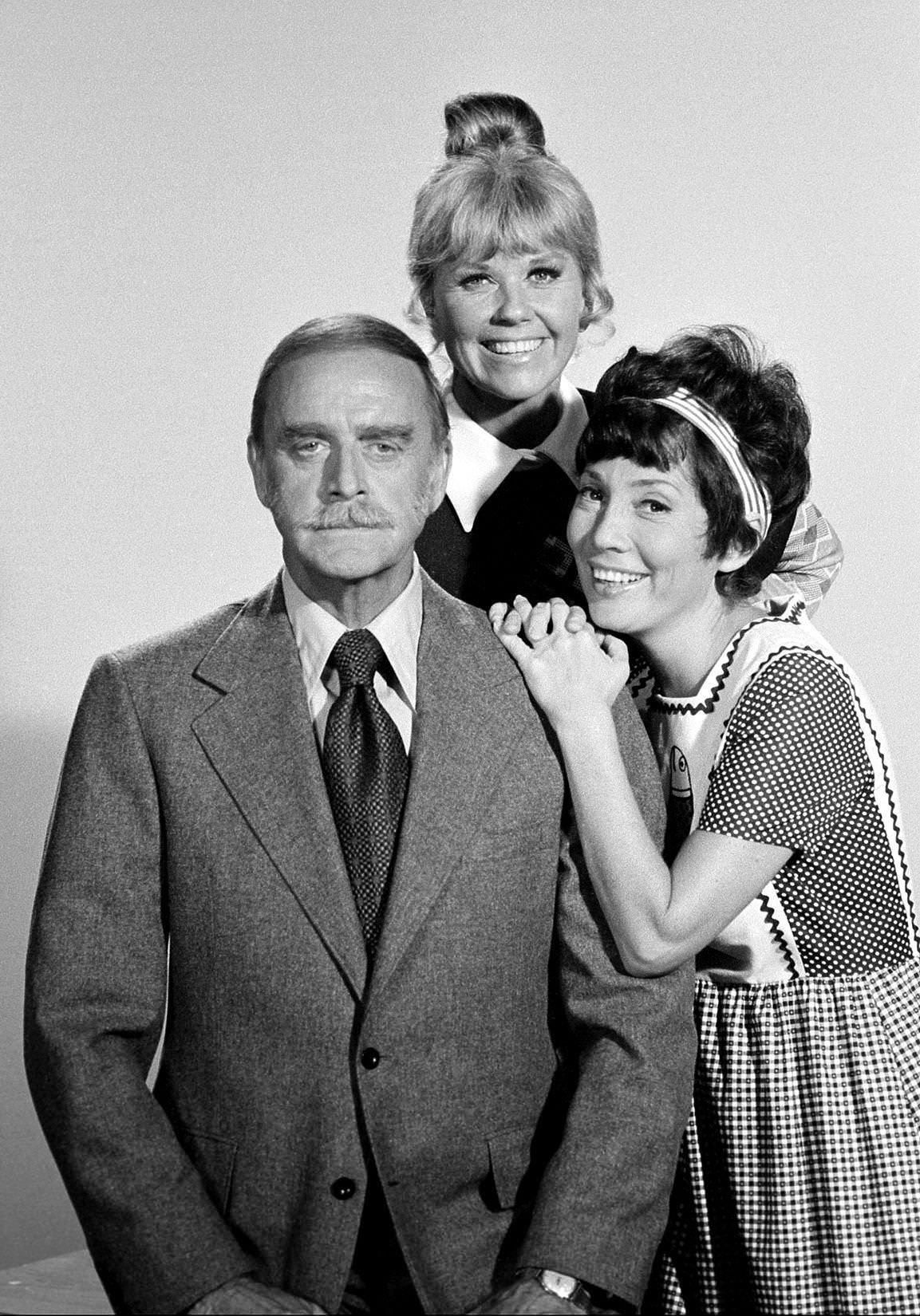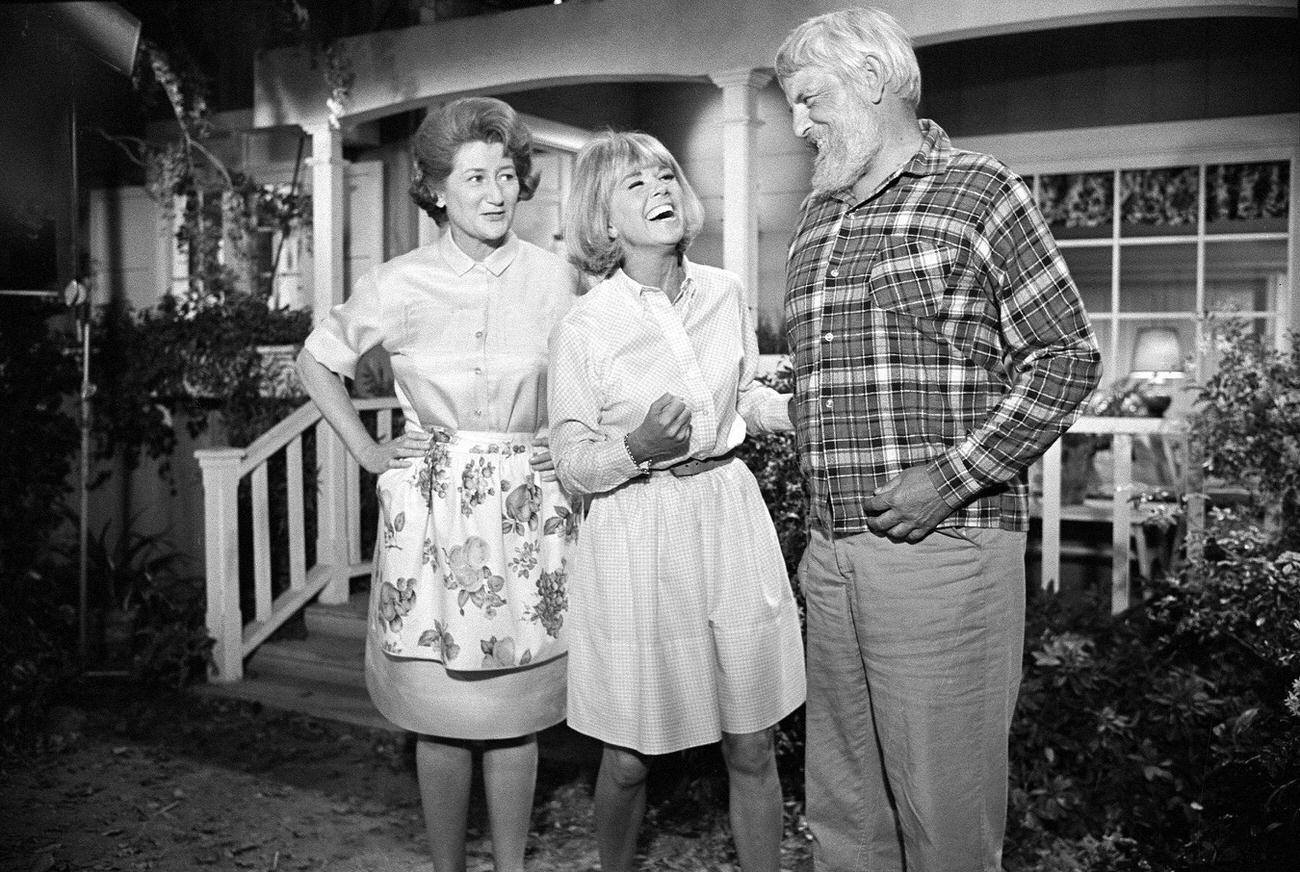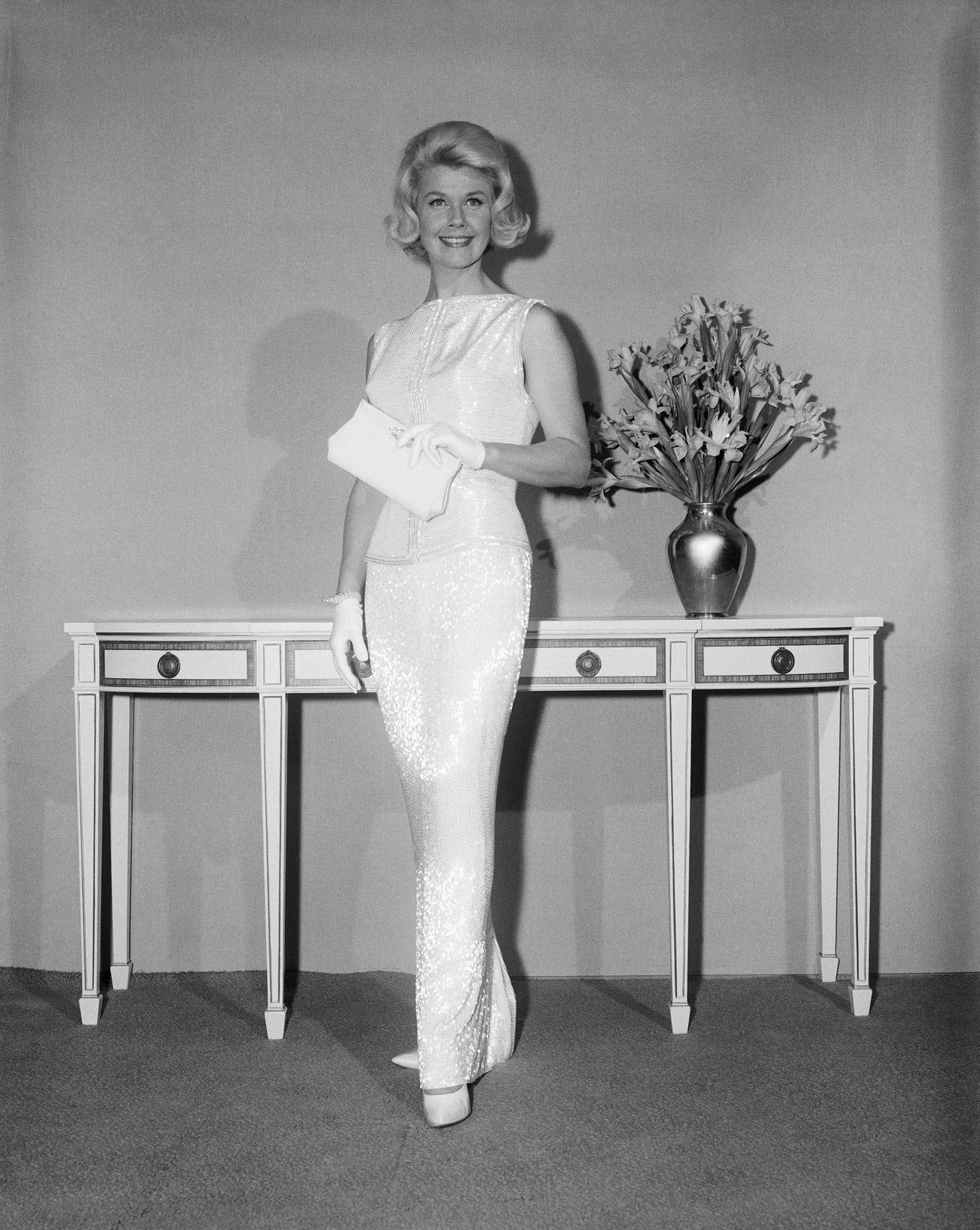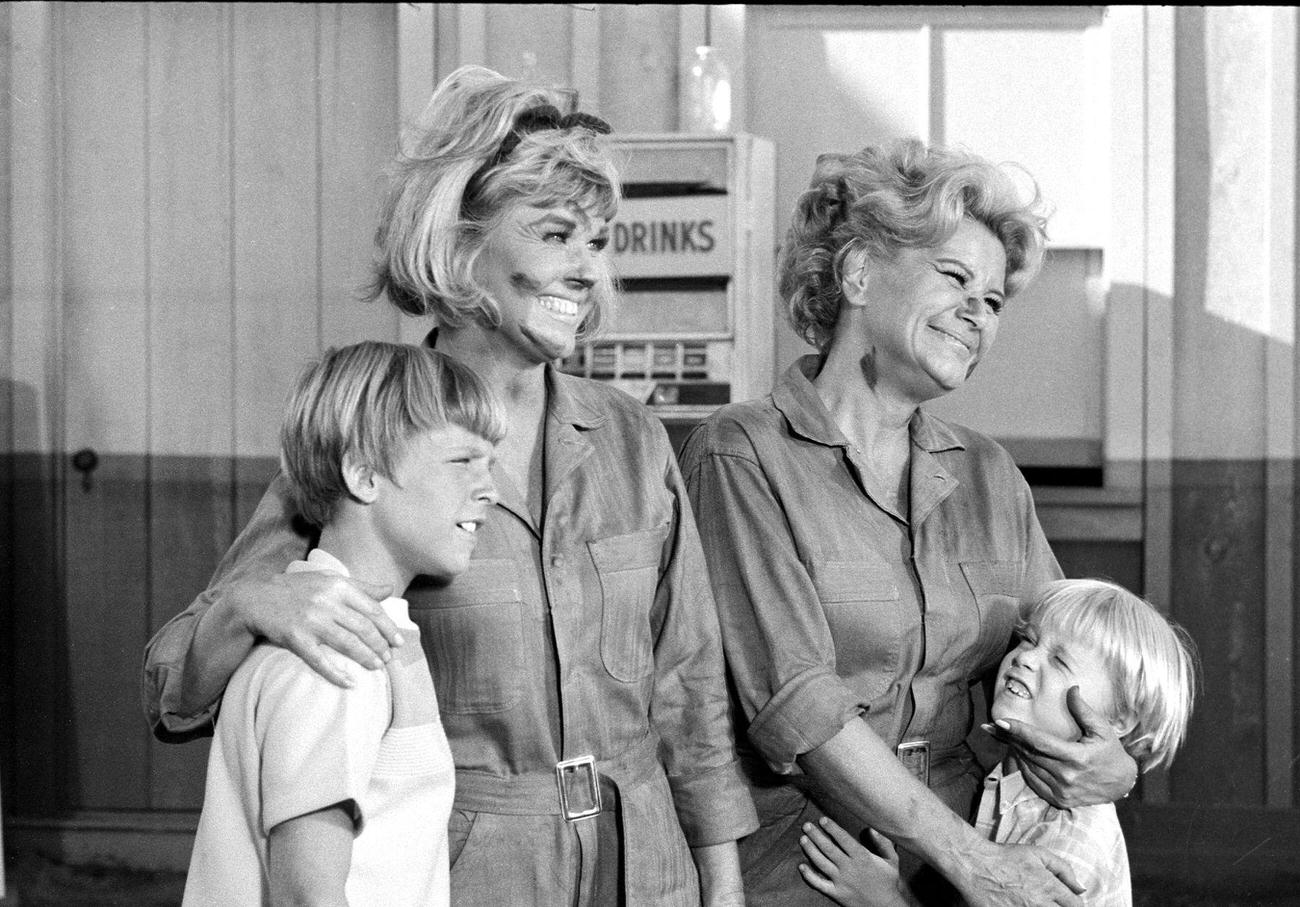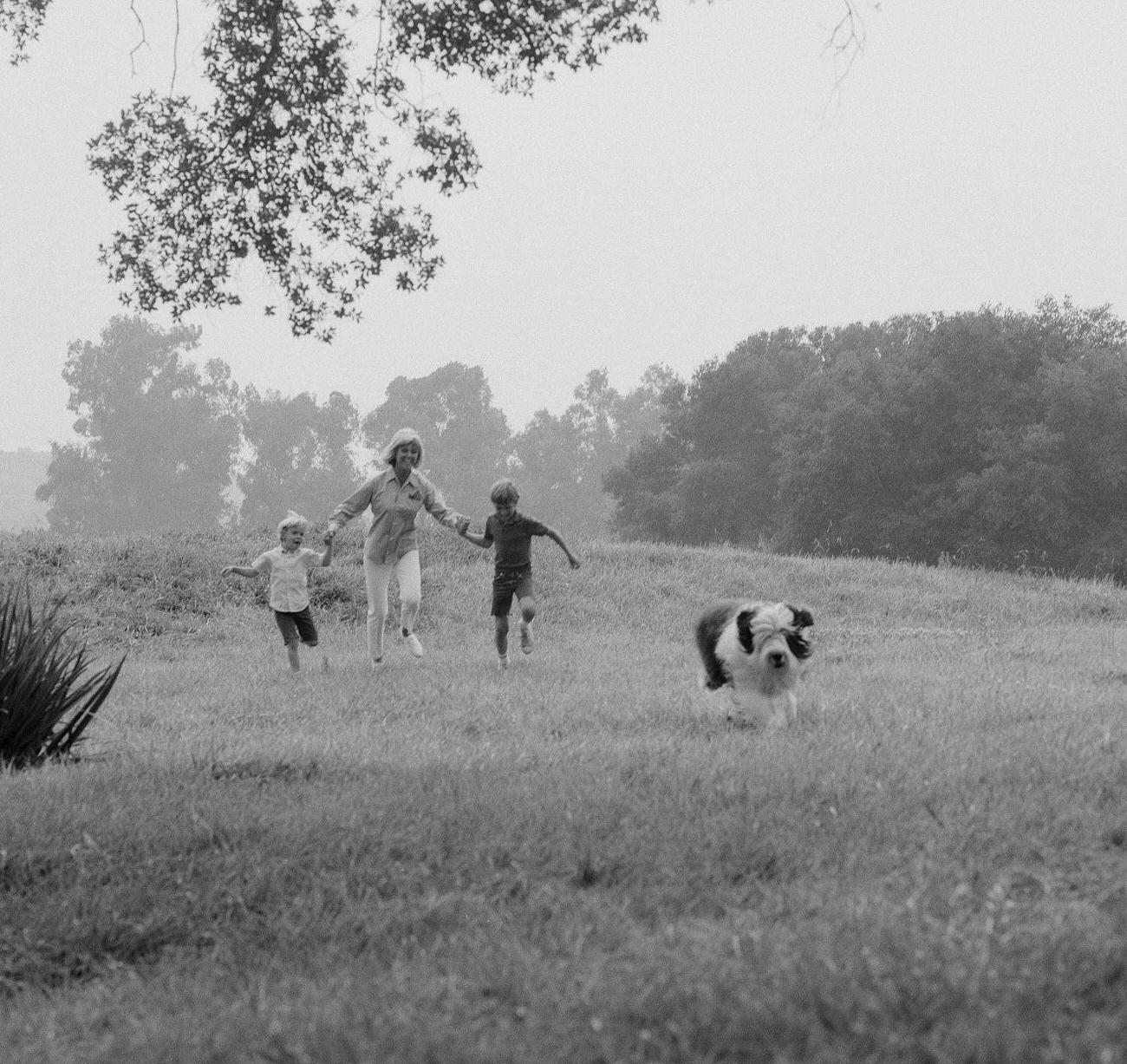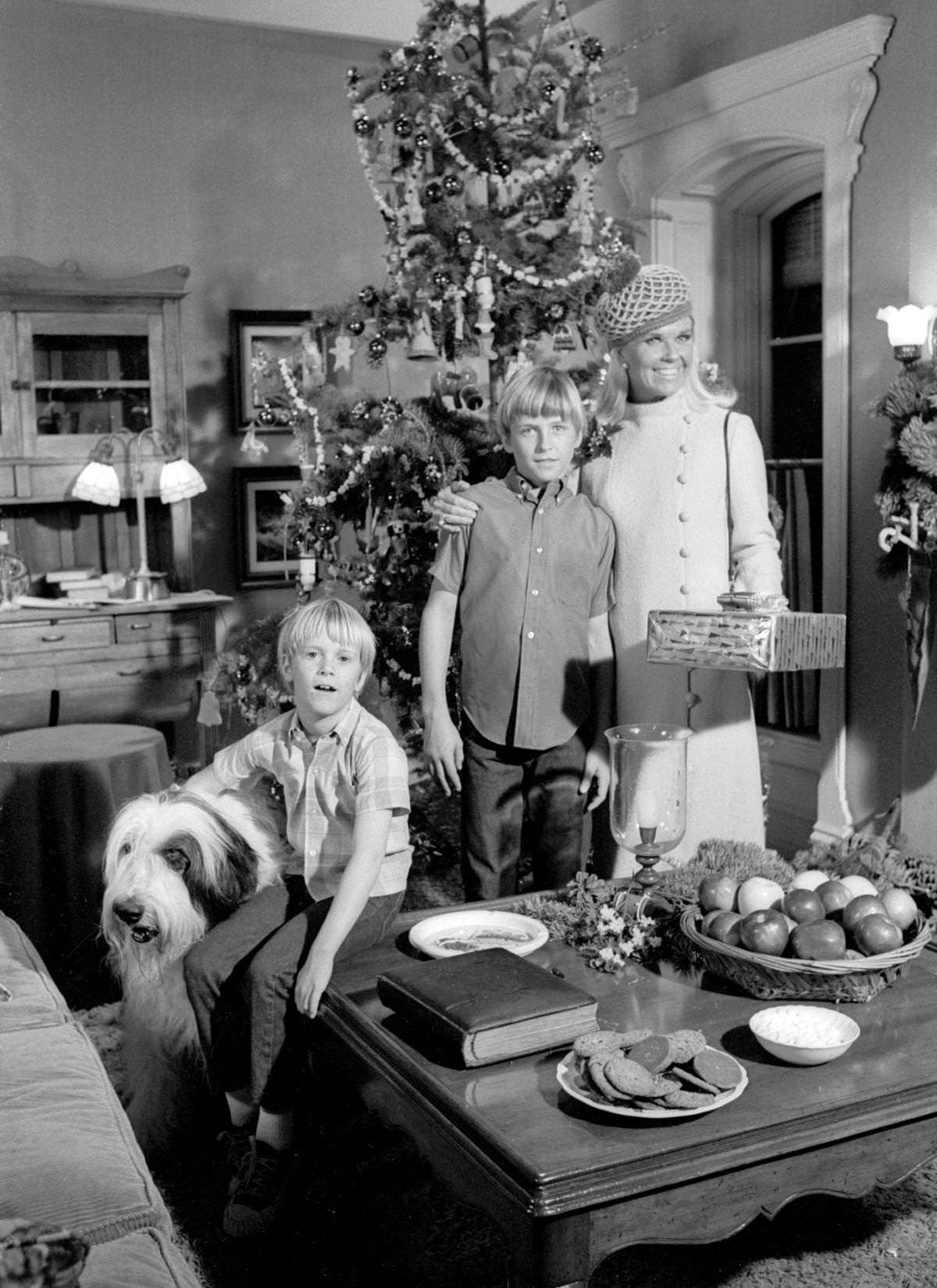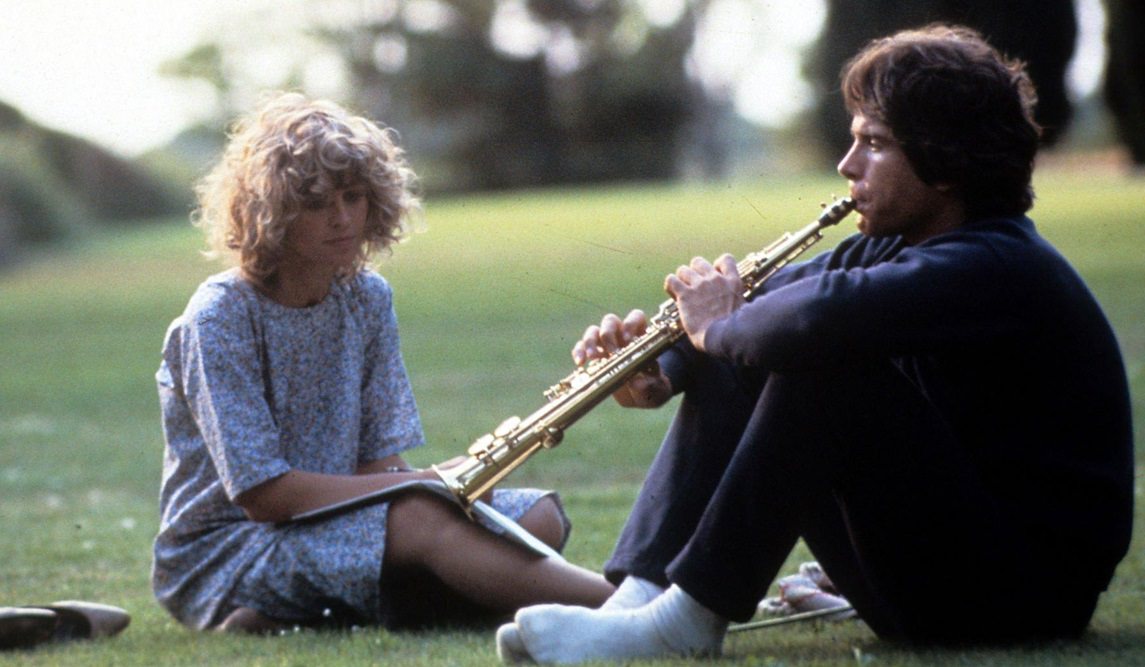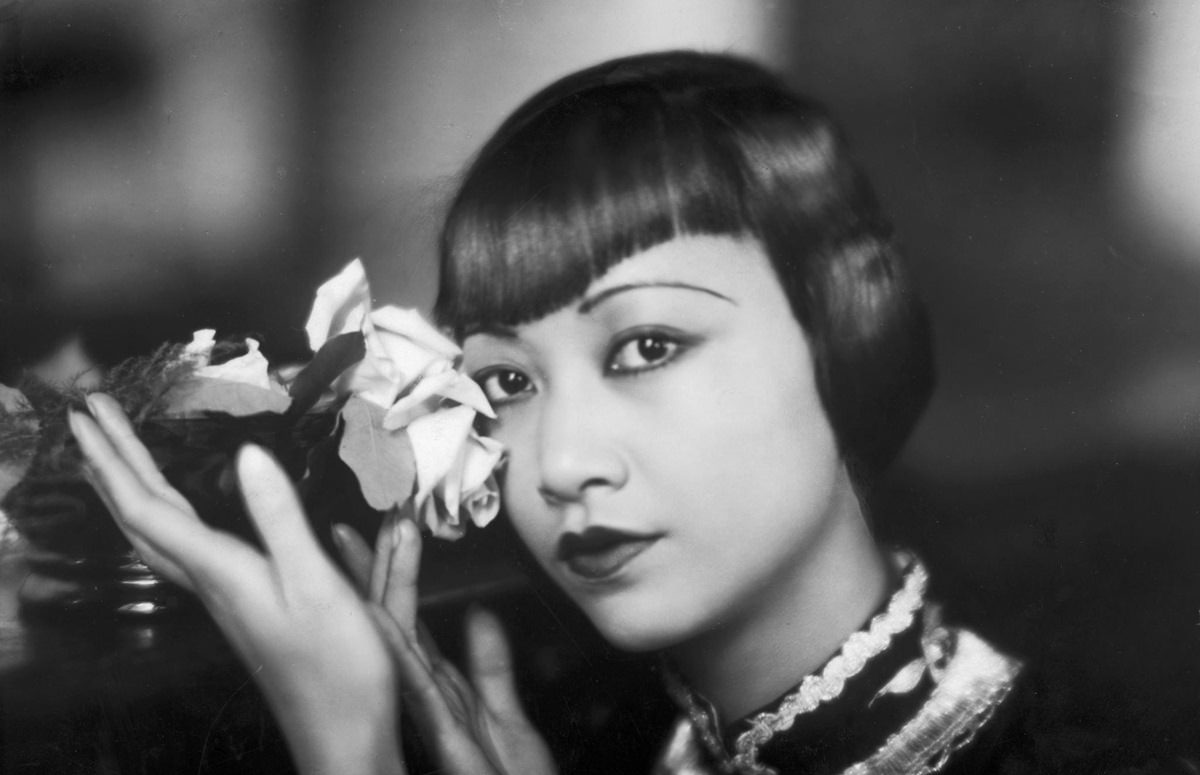After a dazzling career in films, Doris Day took a significant step by venturing into the world of television with “The Doris Day Show.” Debuting in 1968, this sitcom allowed fans to invite Day into their homes on a weekly basis, showcasing her warmth and talent in a new format. The show was a bold move for Day, who, after her husband’s untimely death, discovered that he had committed her to the show without her prior knowledge. Despite this unexpected commitment, Day rose to the occasion, bringing her signature blend of charisma and spirit to the small screen.
The Evolution of the Show
“The Doris Day Show” was notable for its significant changes in format and setting throughout its five-season run, a rarity for shows at the time. It began with Day’s character, Doris Martin, as a widowed mother moving back to her family’s farm. As the series evolved, so did the setting and the storylines. Doris Martin transitioned from the farm to the big city, reflecting a shift in societal norms and Day’s versatility as an actress. This adaptive narrative showcased Day’s range and the show’s willingness to innovate within the sitcom genre.
Audience Connection
What truly made “The Doris Day Show” stand out was Day’s unique ability to connect with her audience. Whether she was navigating life on the farm or tackling the urban environment of San Francisco, Day’s genuine and approachable demeanor resonated with viewers. Her on-screen presence was a comforting and familiar sight to her audience, who had followed her through her film career. The show offered a weekly dose of Day’s wholesome image and talent, further cementing her status as a household name.
Contributions to Television
“The Doris Day Show” contributed to the landscape of television during its time by breaking the mold of the typical family sitcom. Day’s character was an independent woman who worked and raised children, reflecting the changing dynamics of American society. The show’s shifts in setting and format also demonstrated a flexibility that was ahead of its time, prefiguring the more fluid approaches to TV storytelling seen in later decades. It allowed audiences to see a different side of the star they adored, bringing her into the ever-changing world of television during a time of great social shifts.


